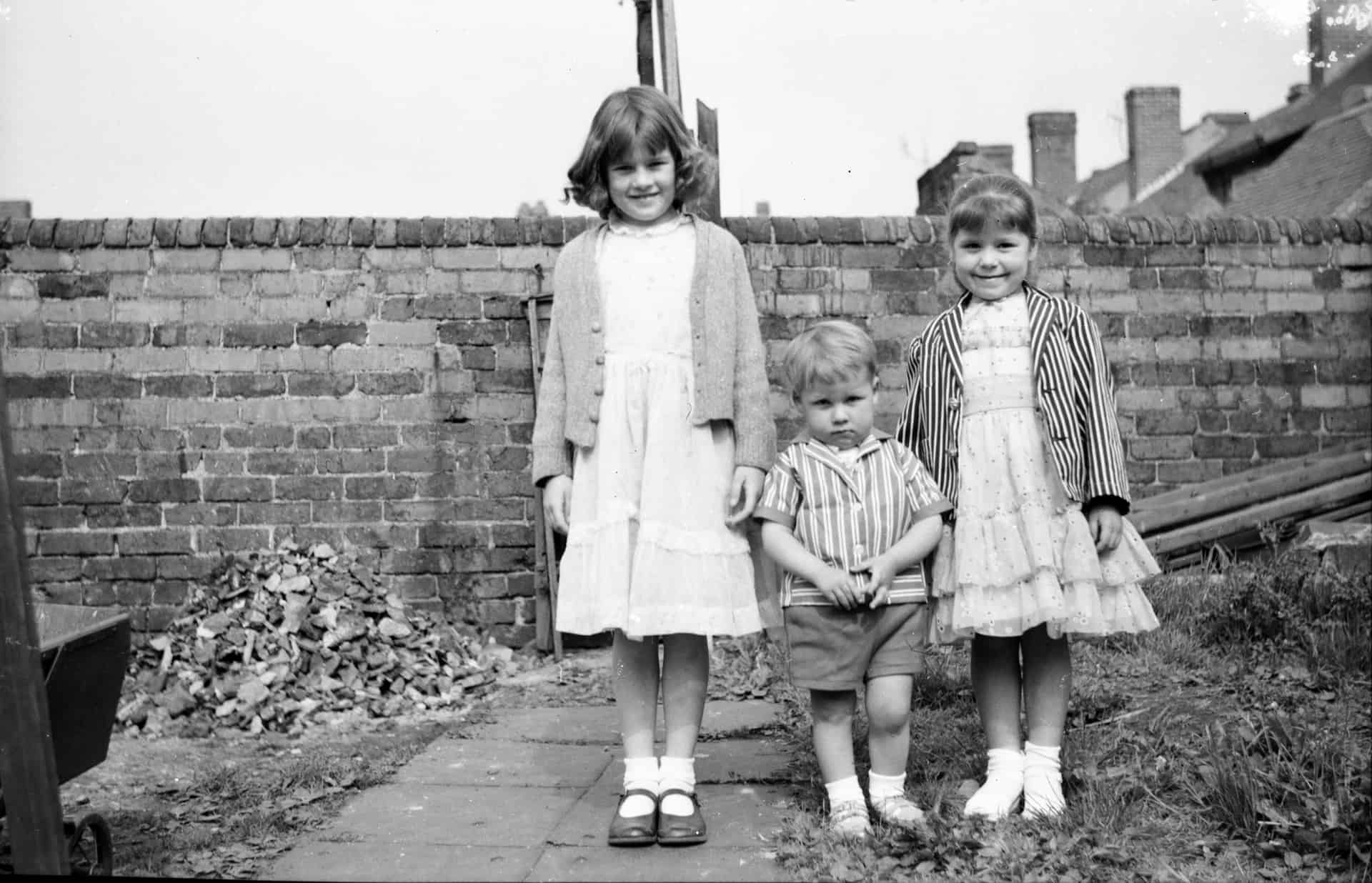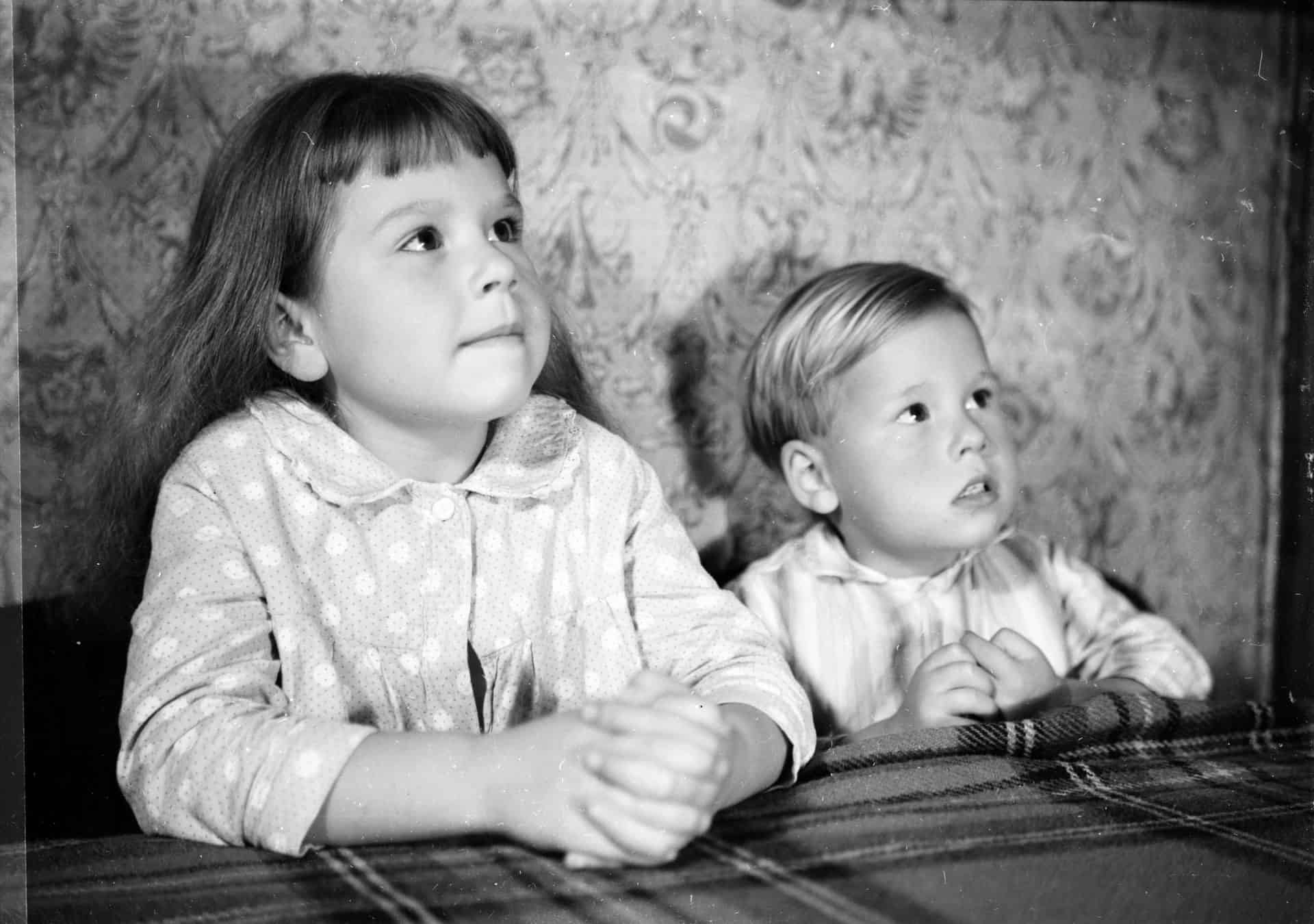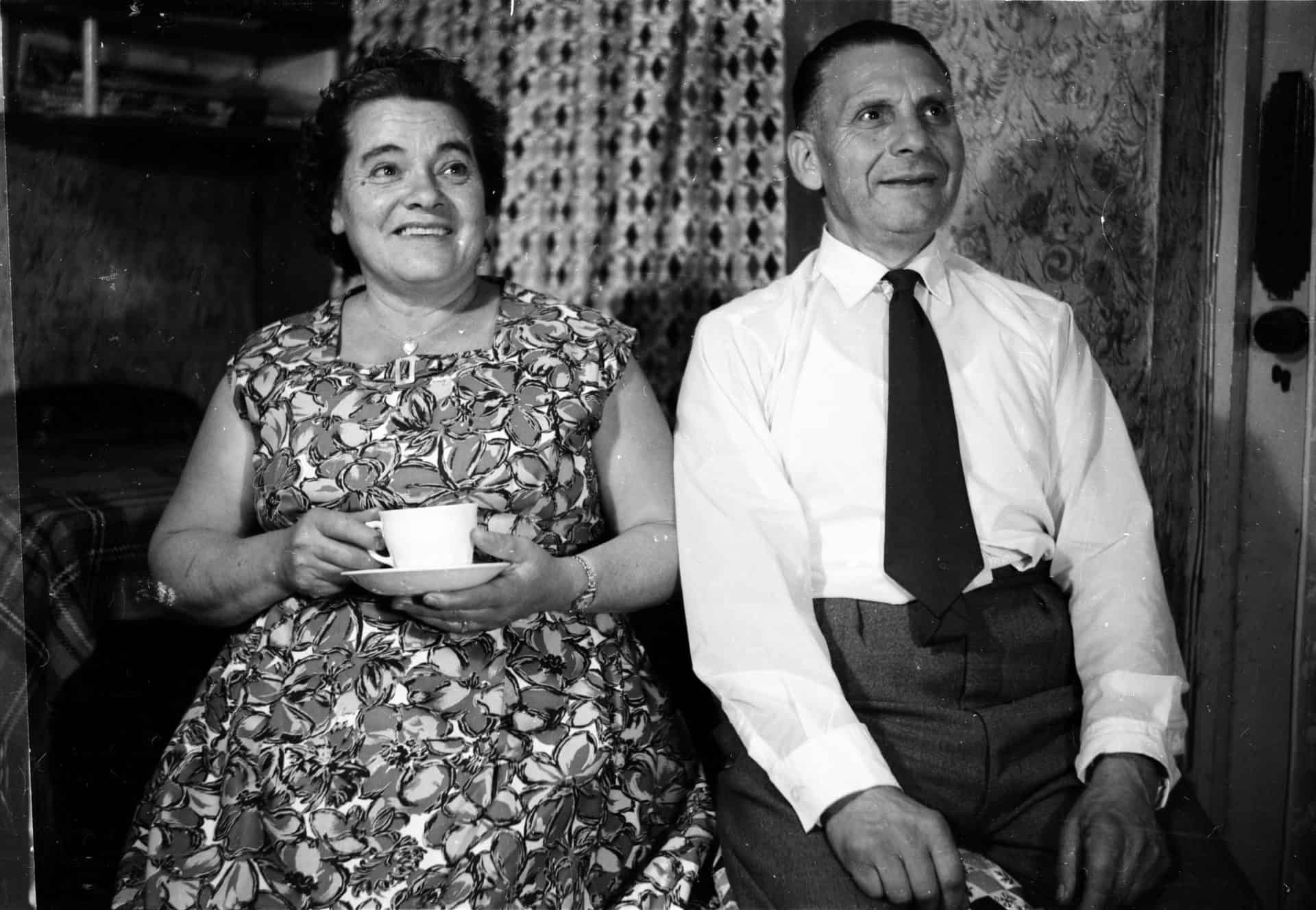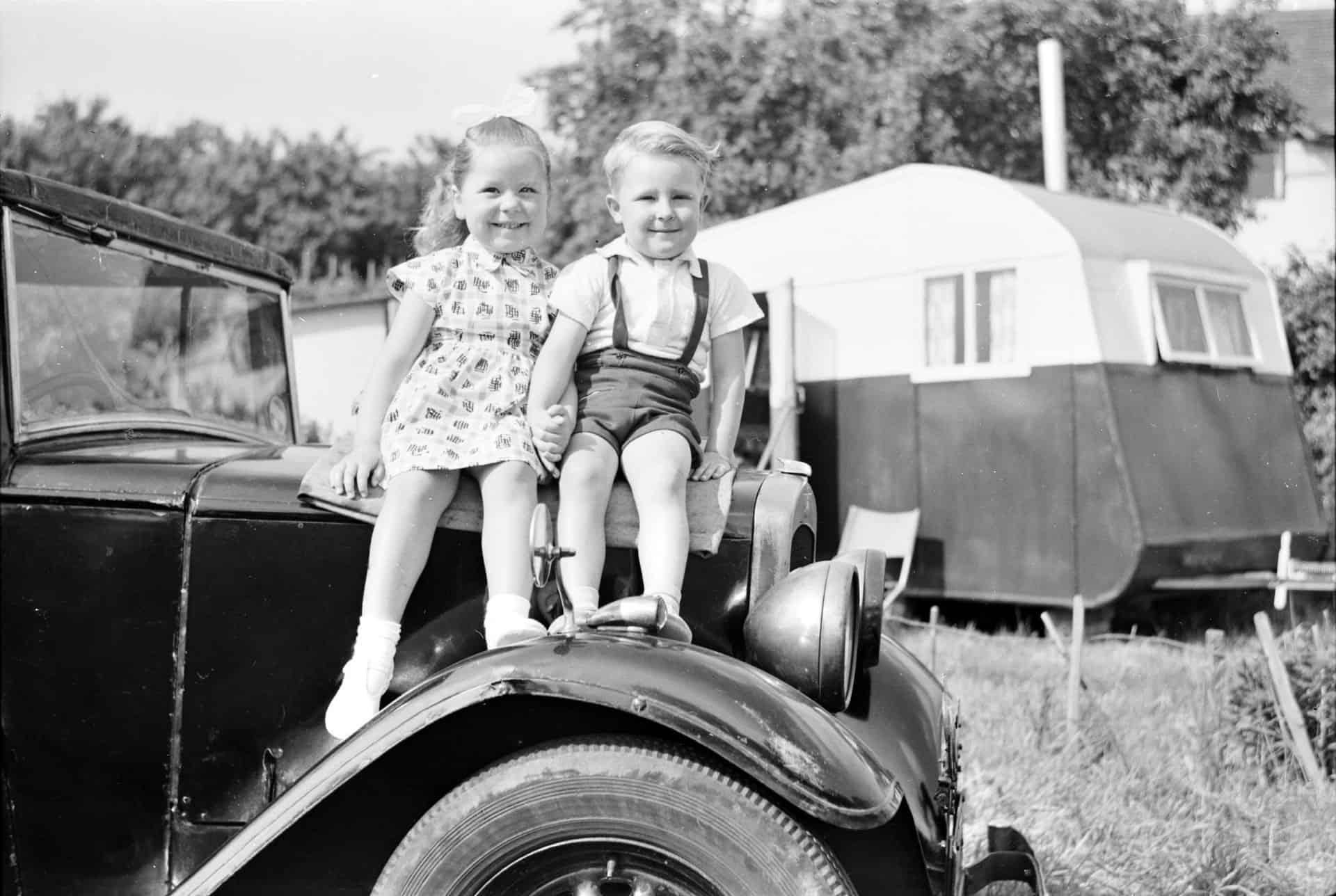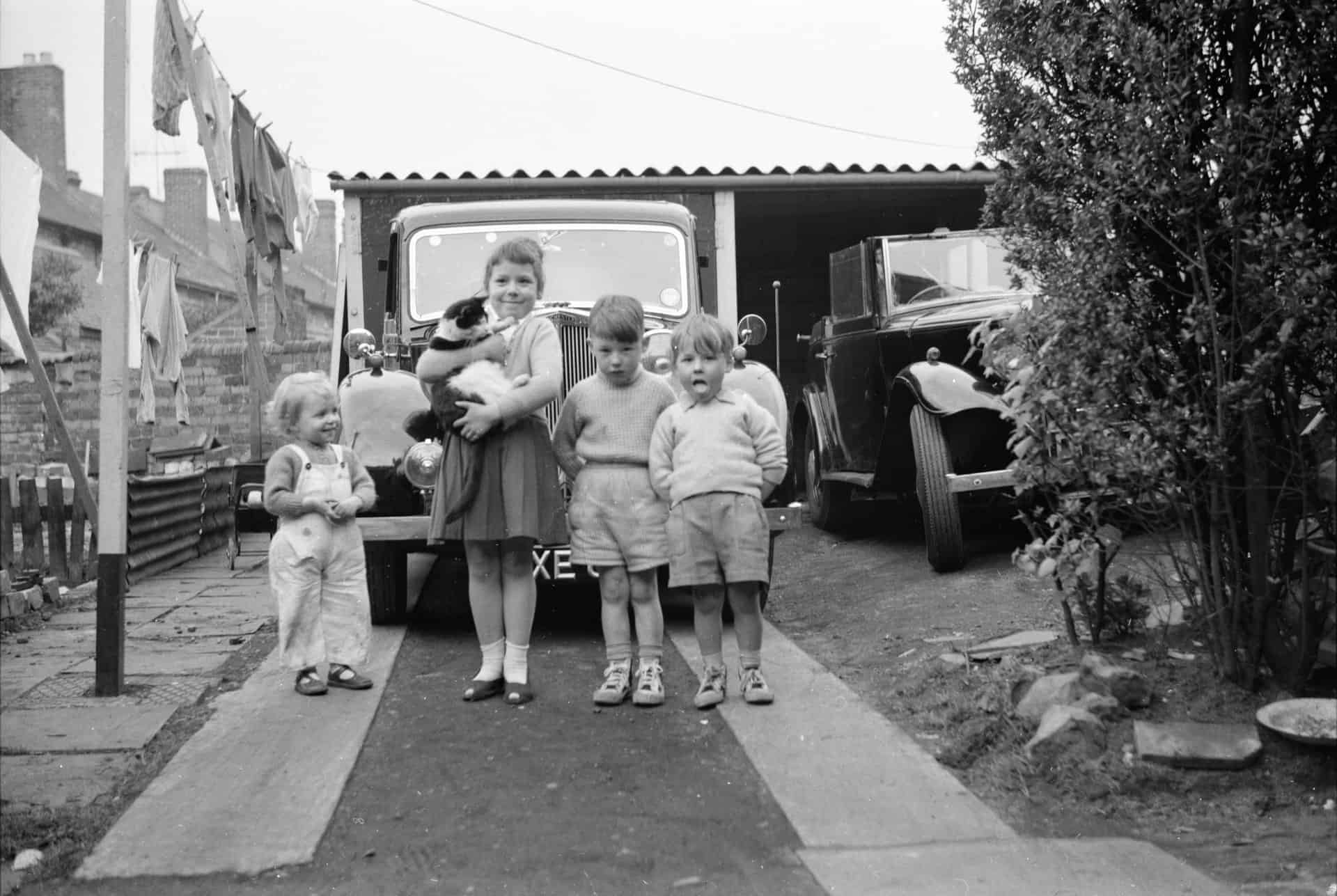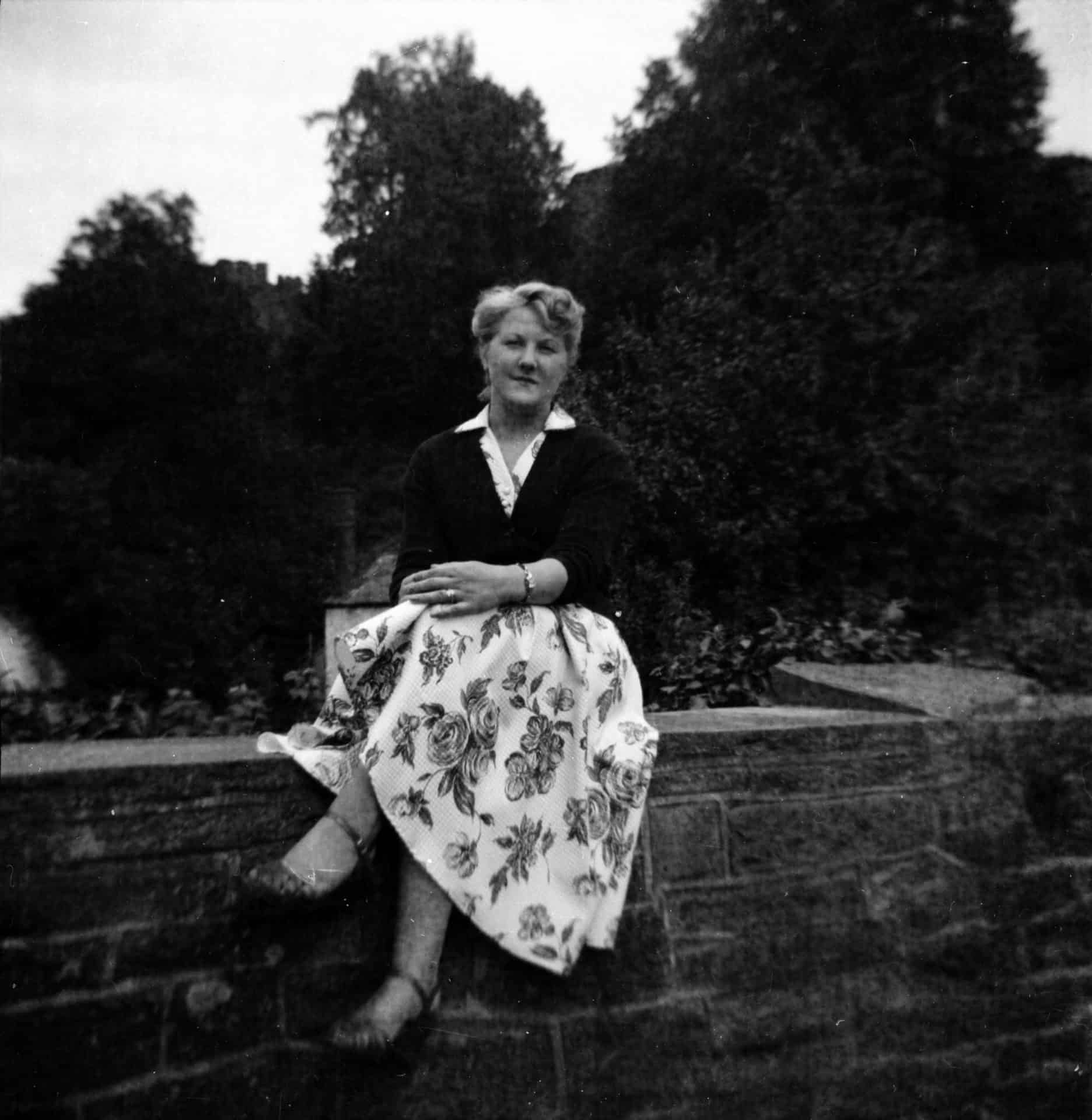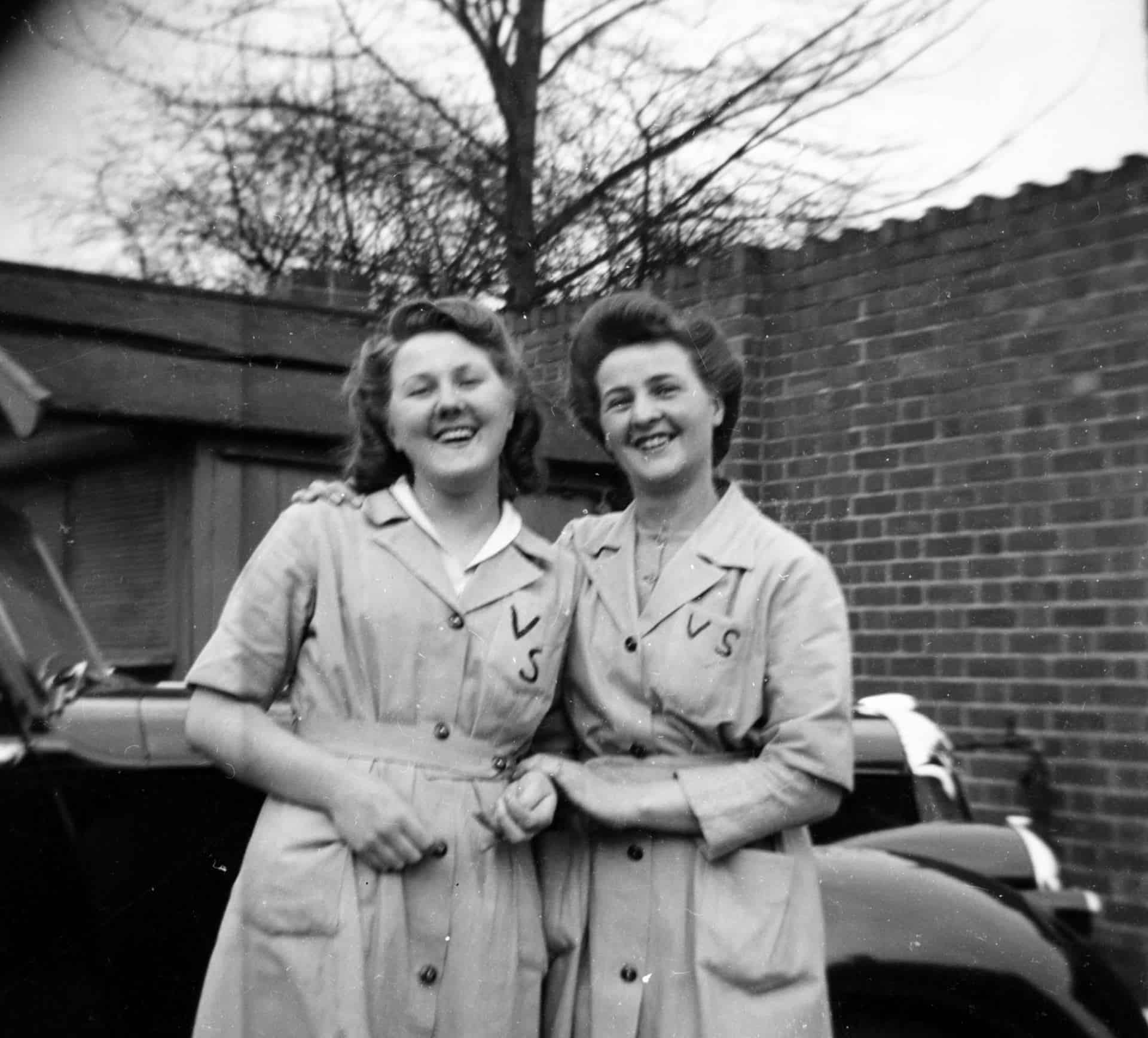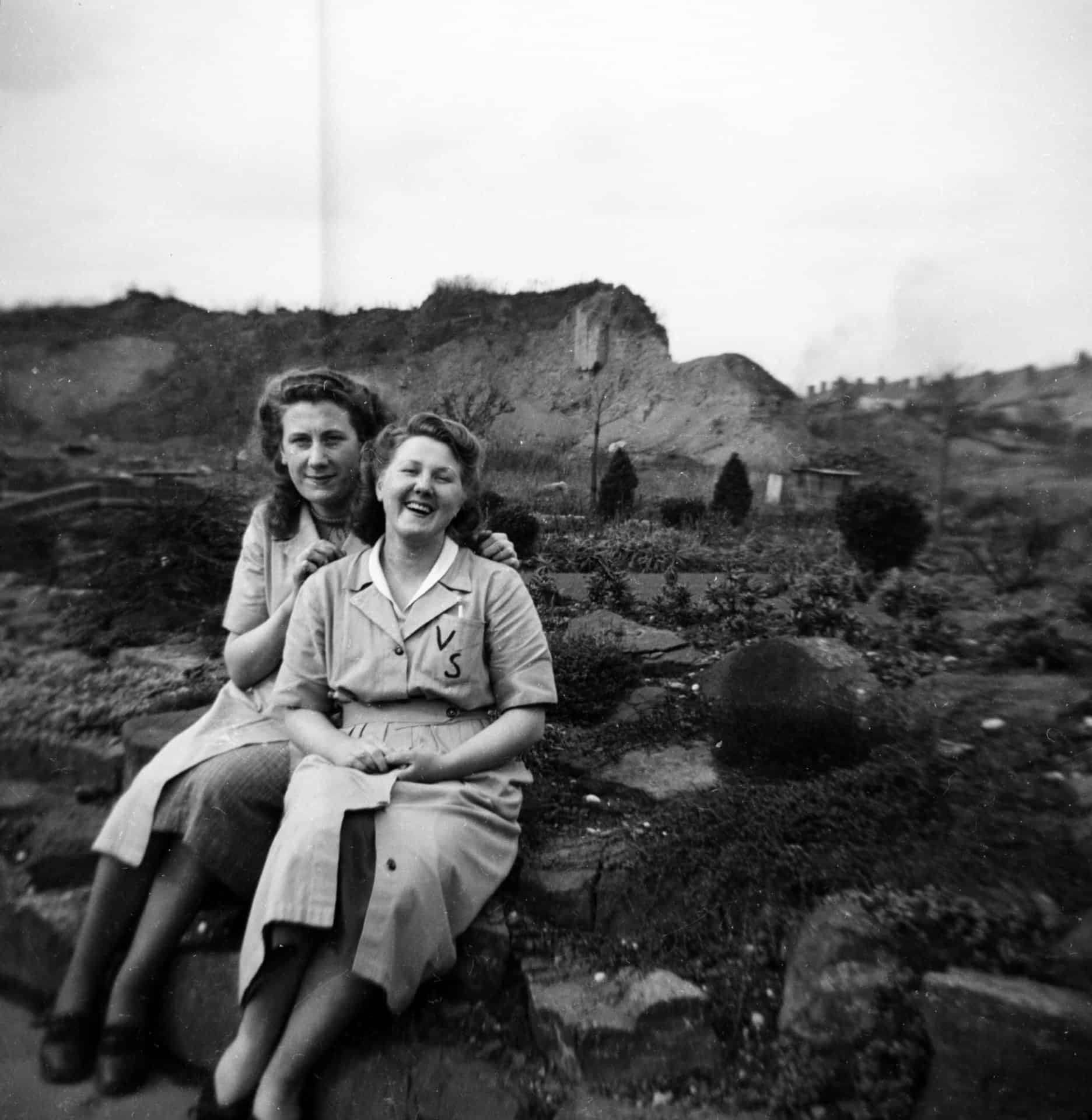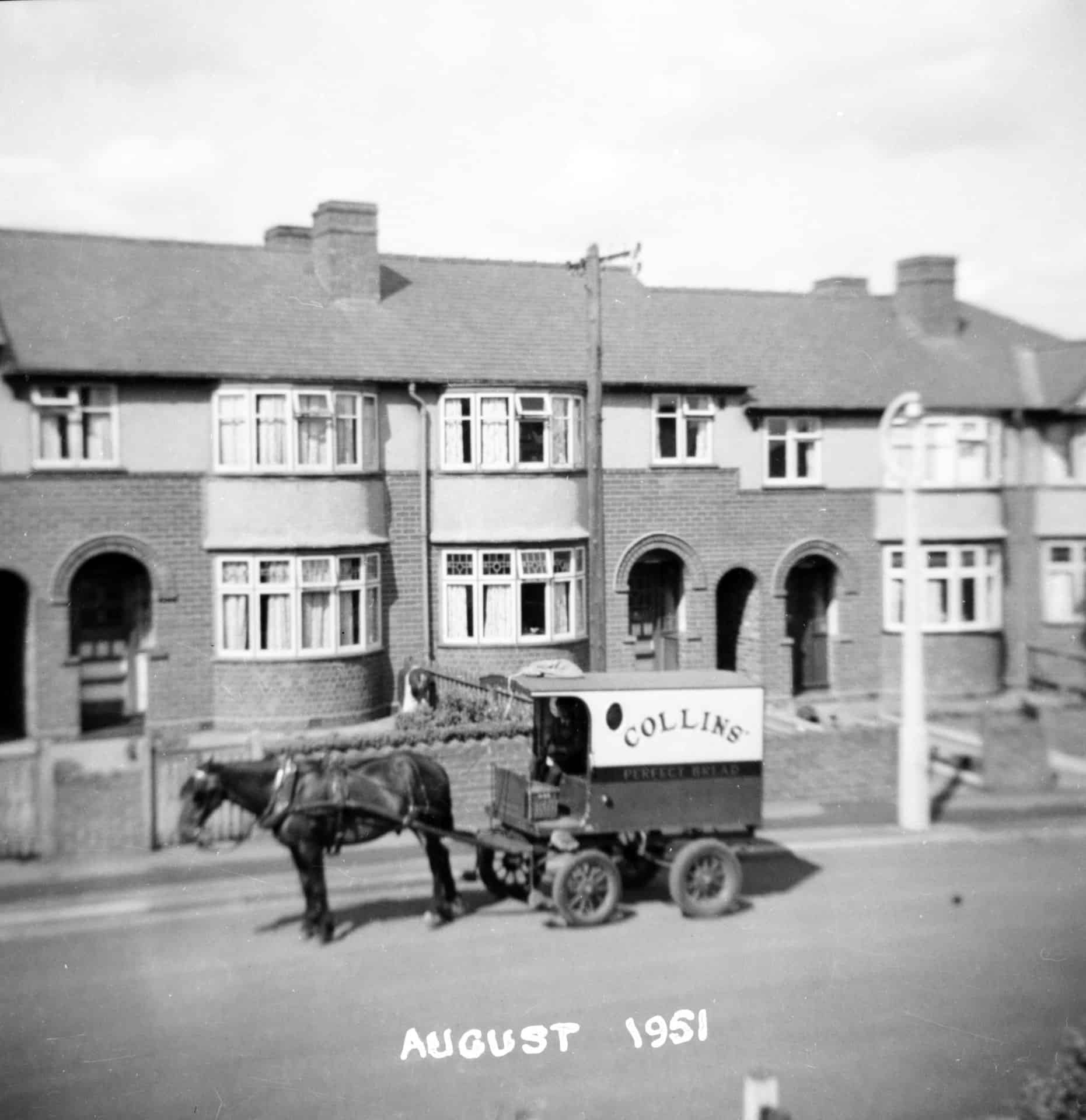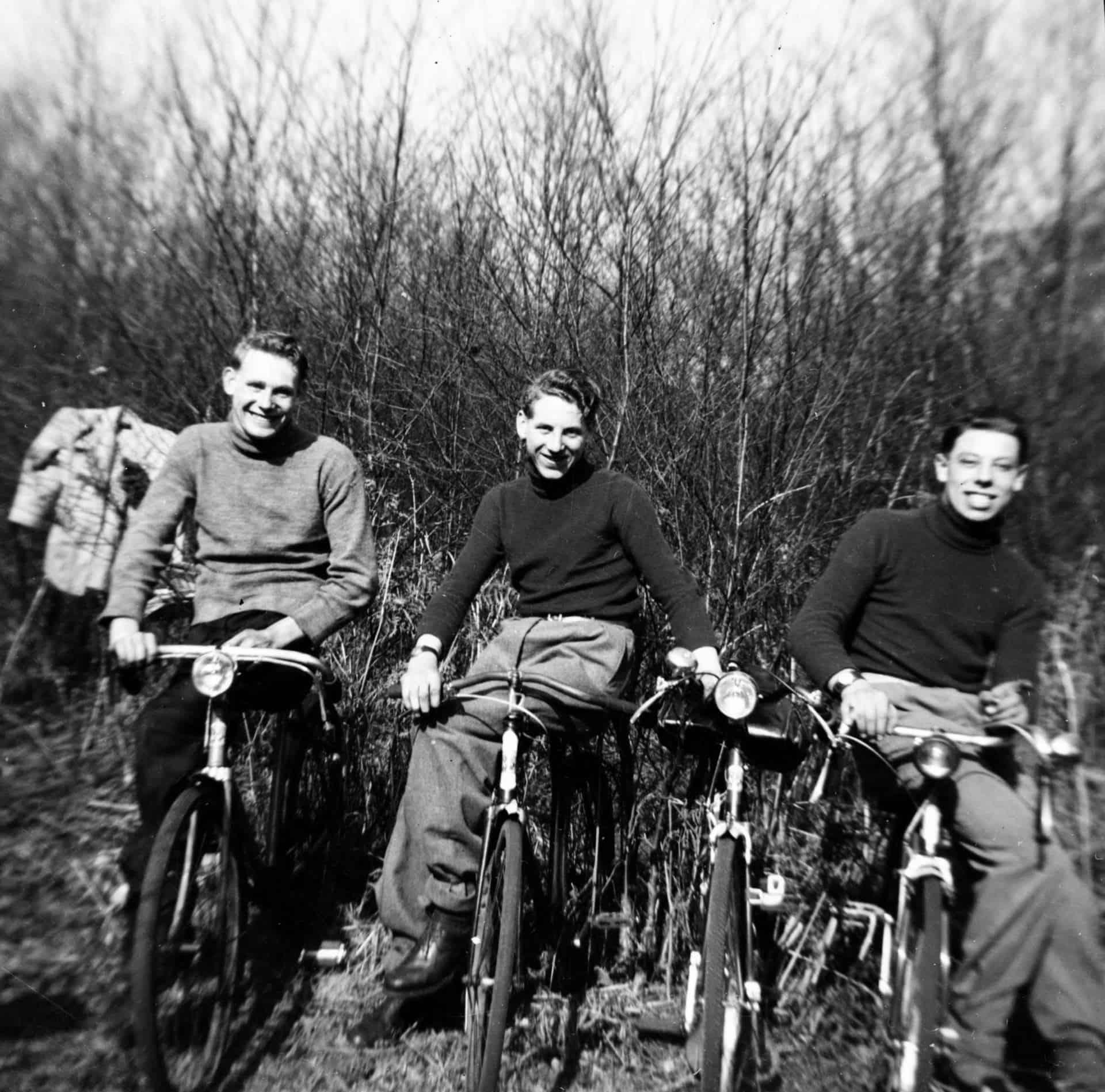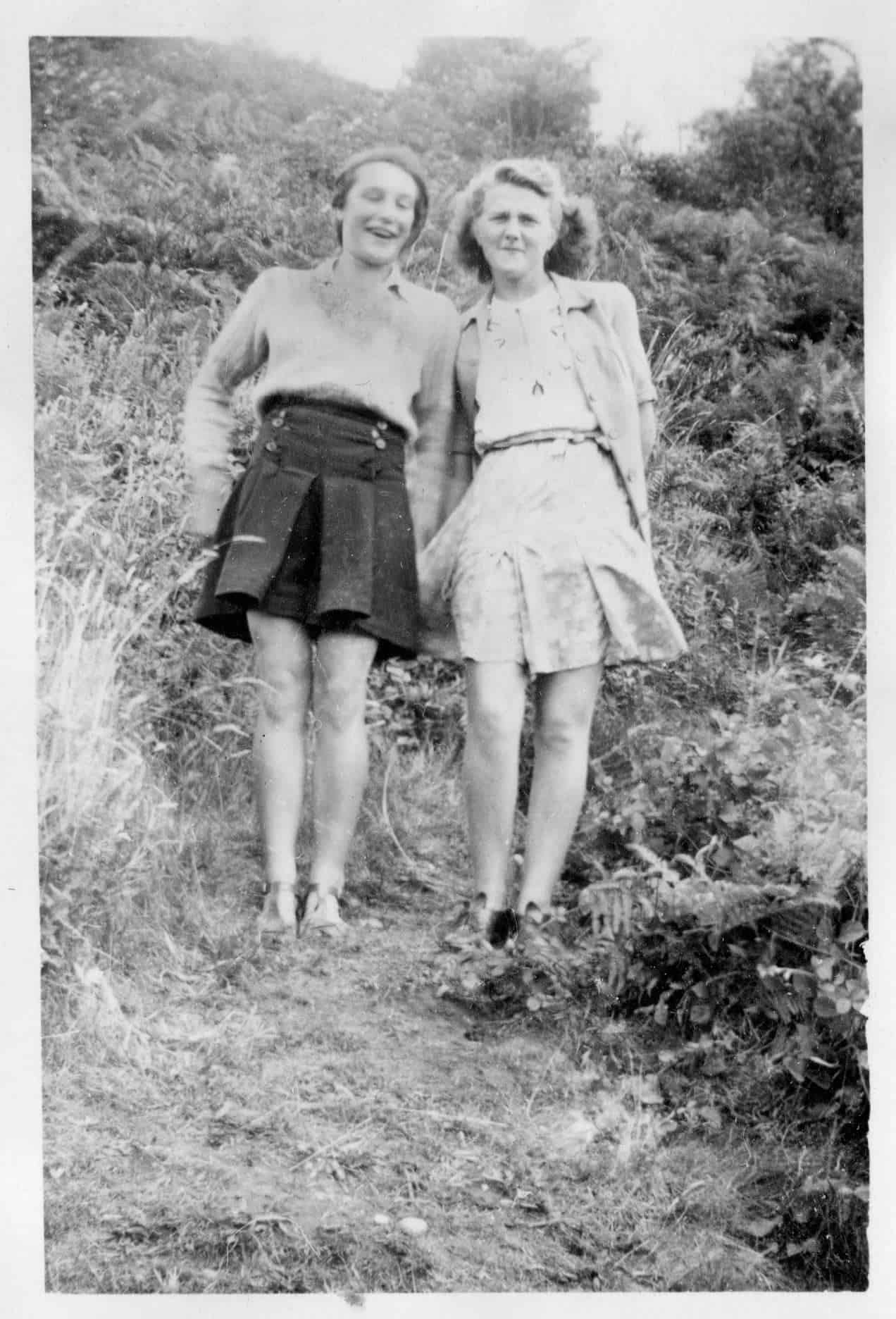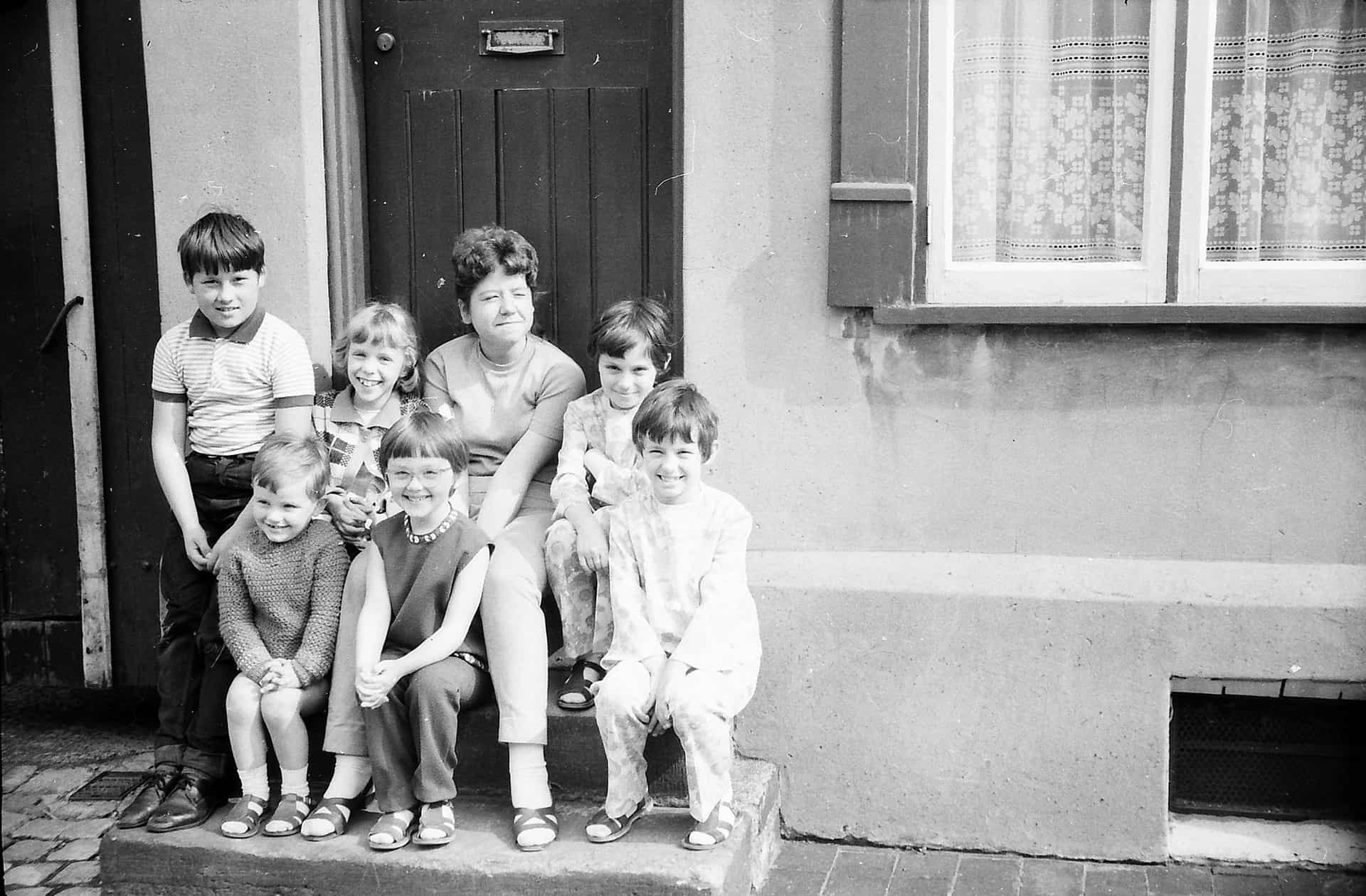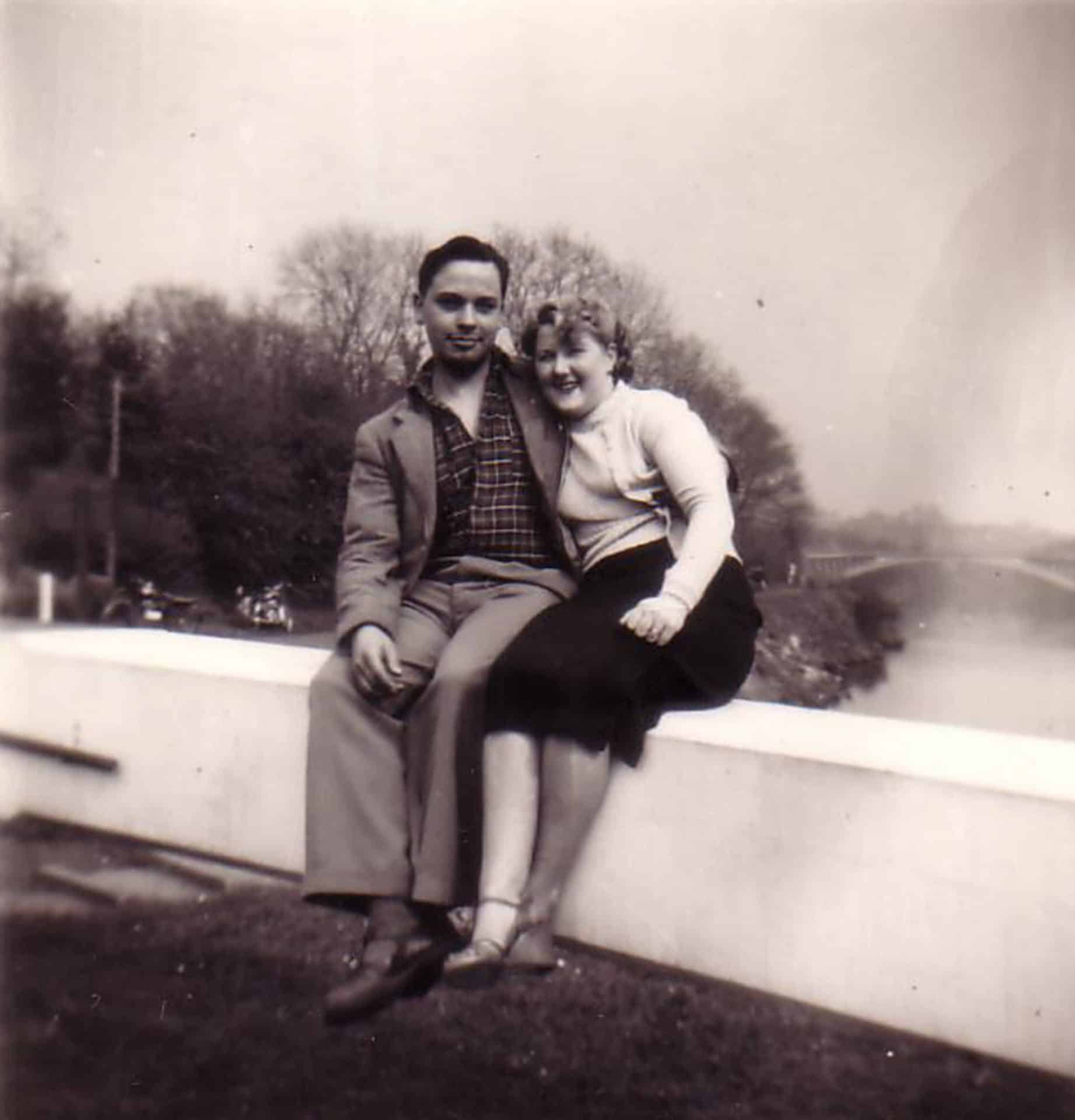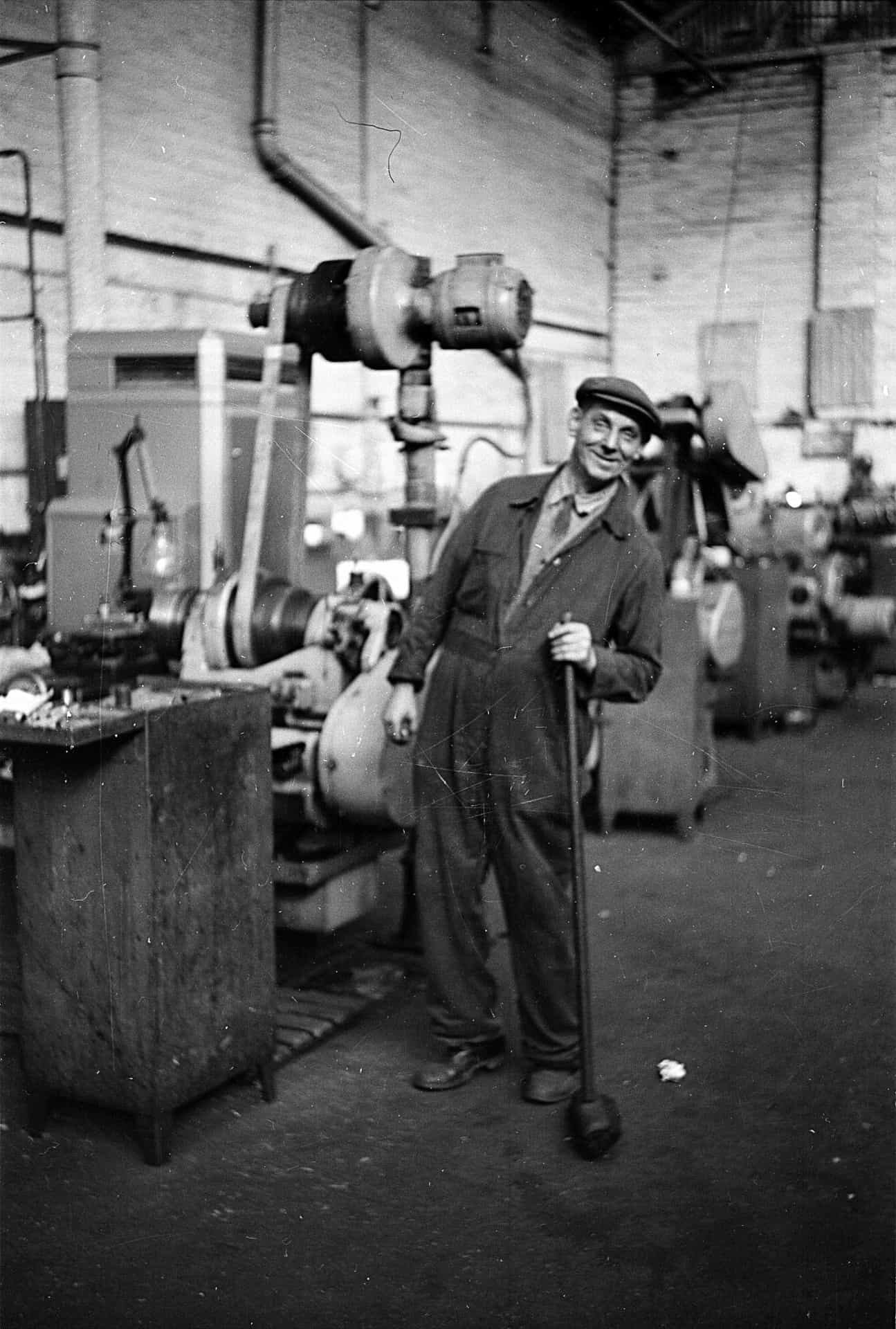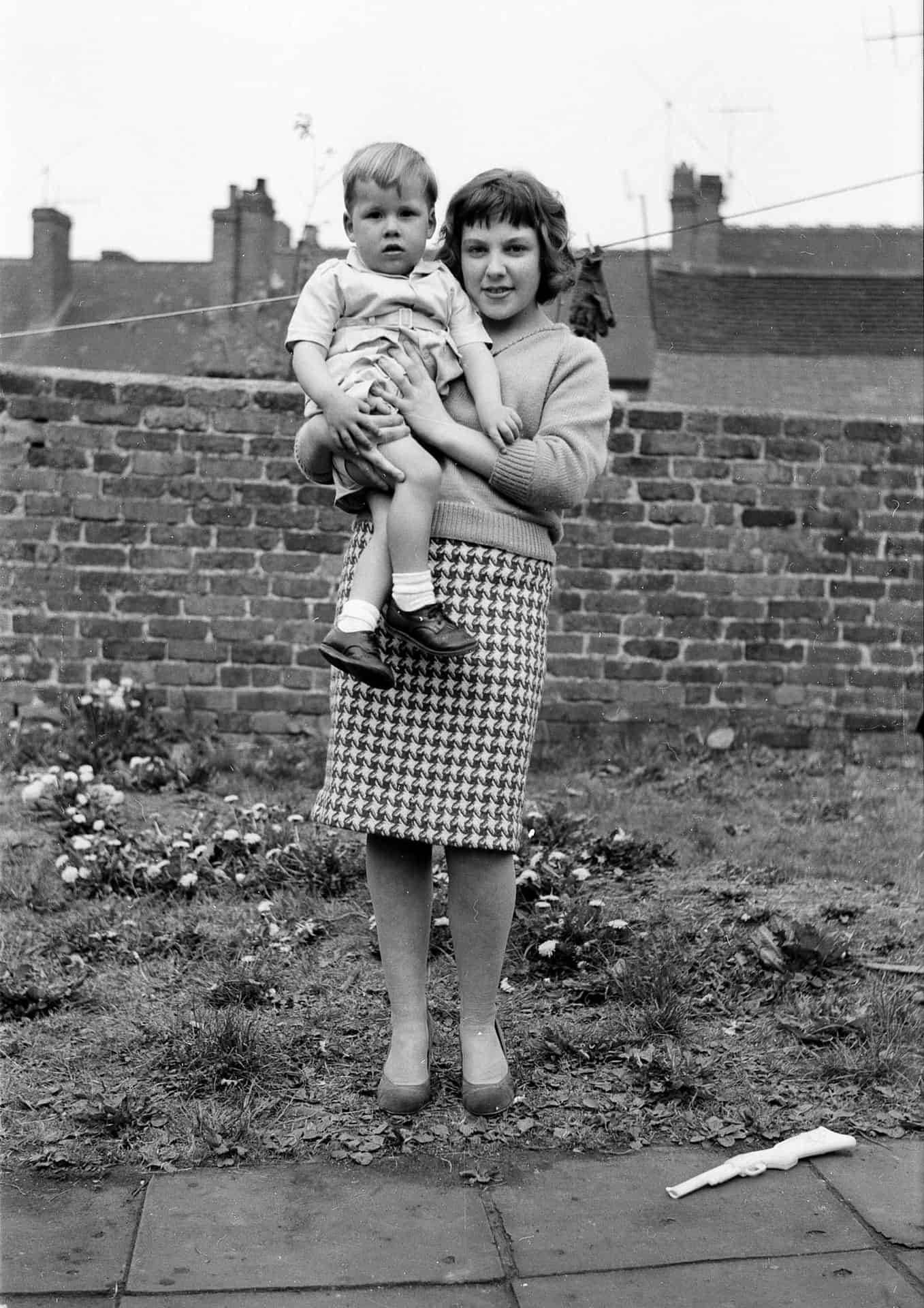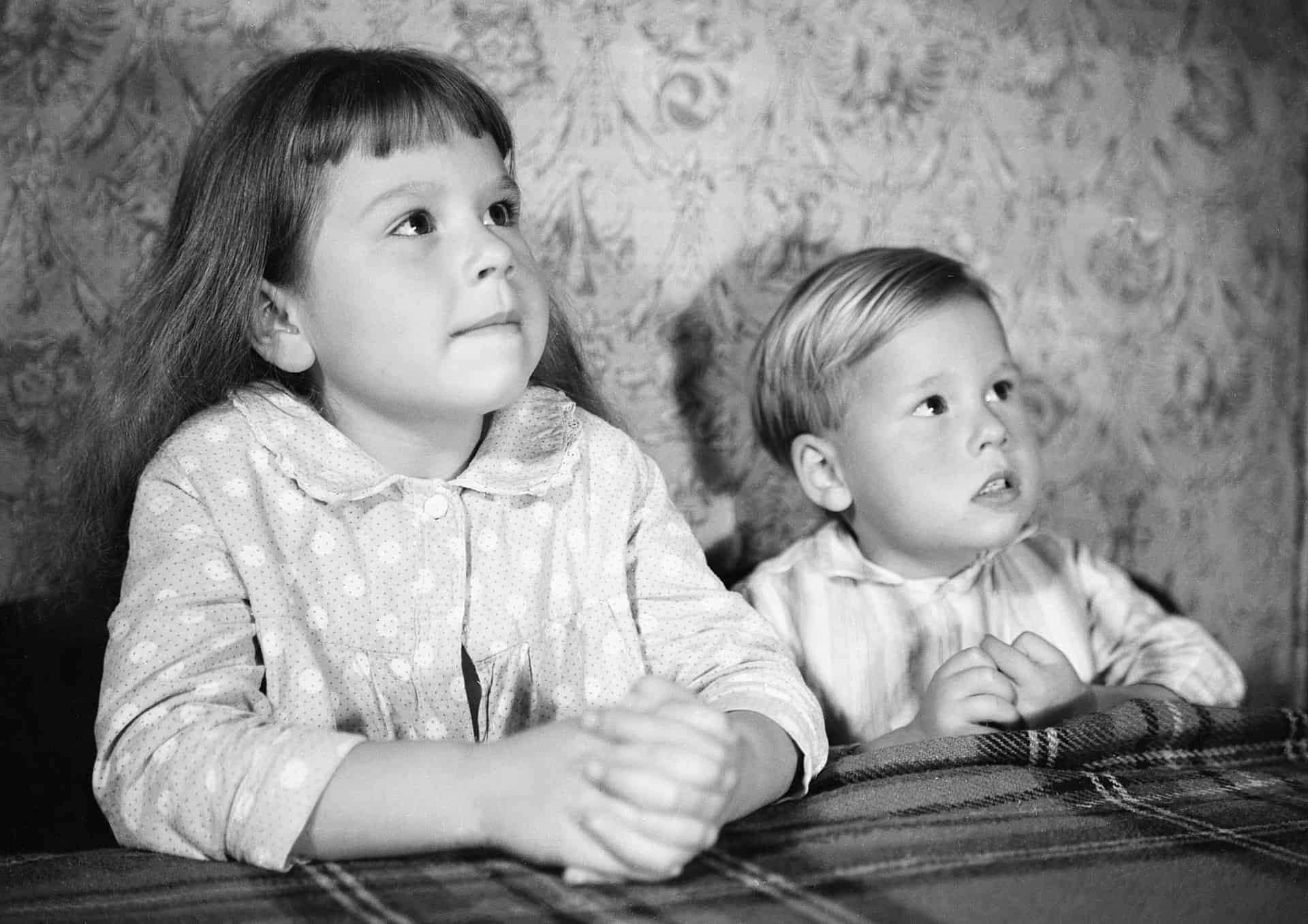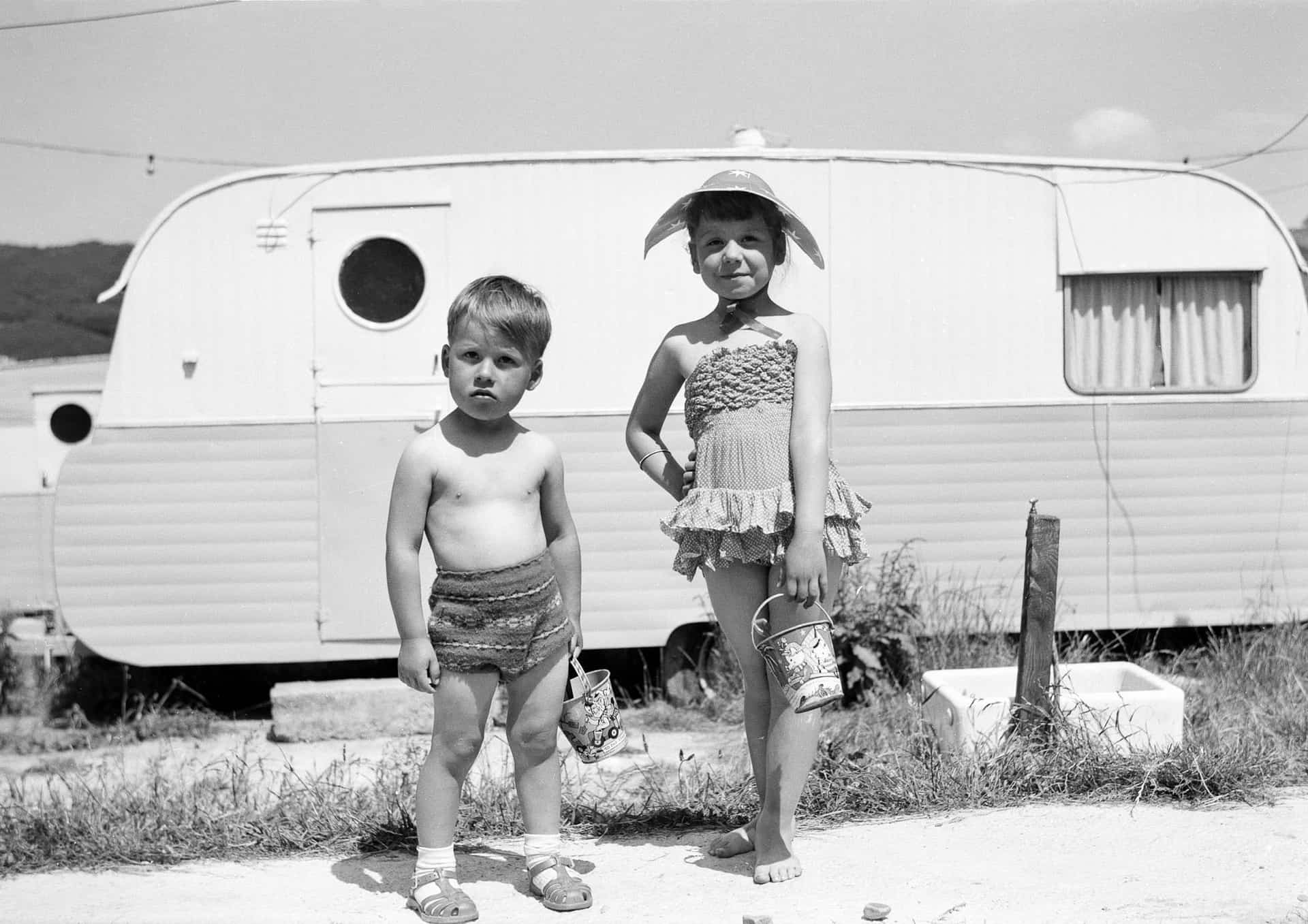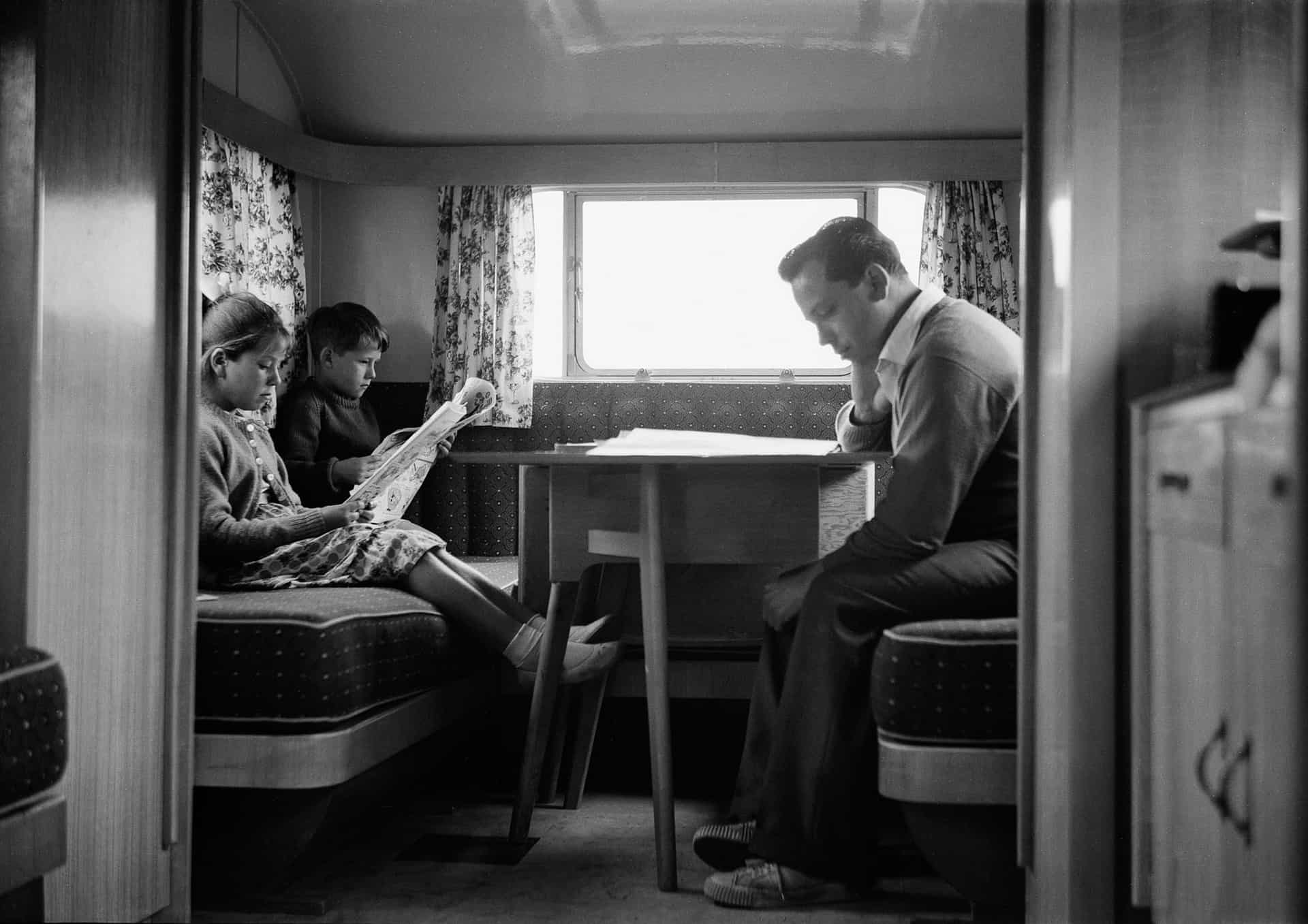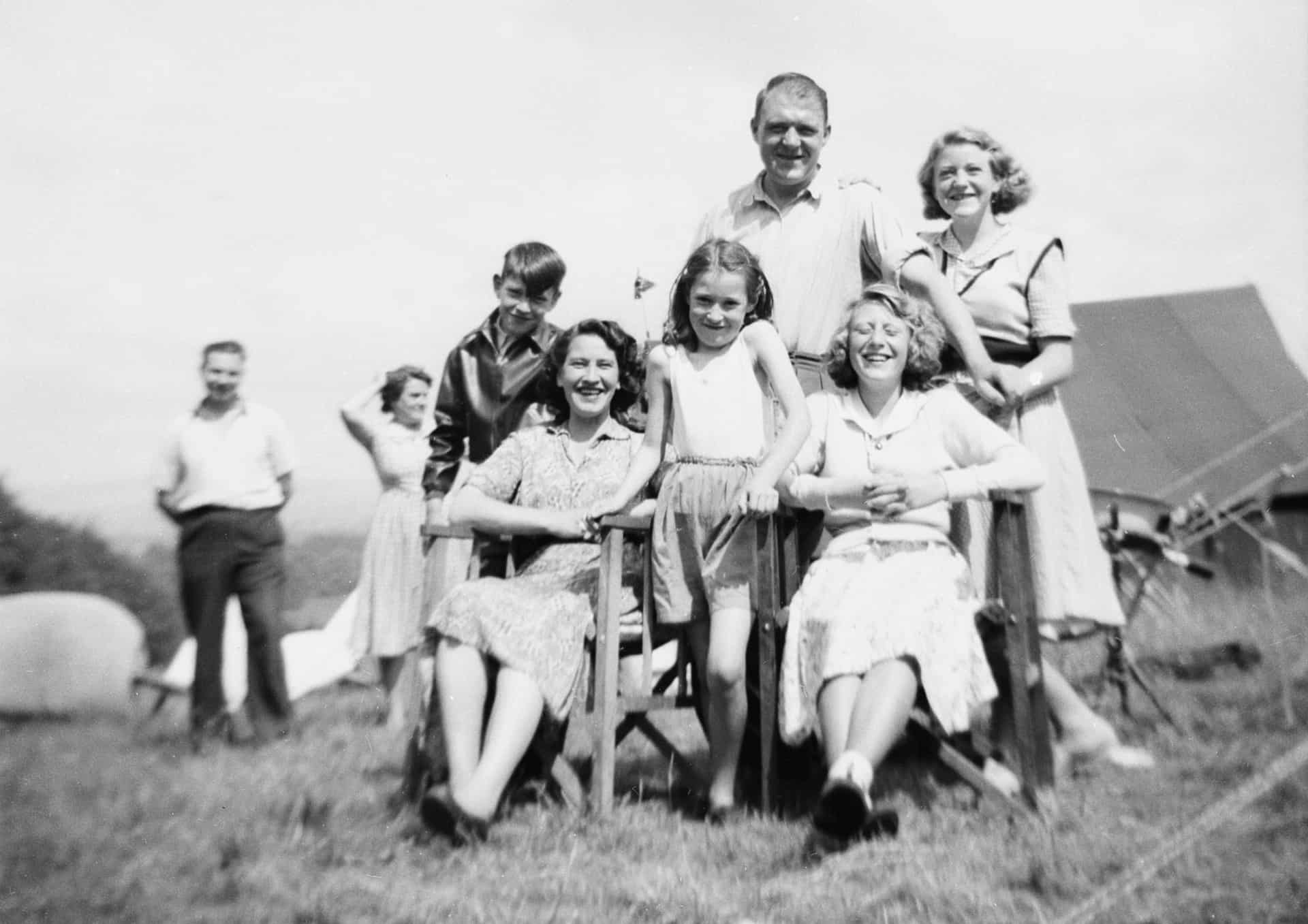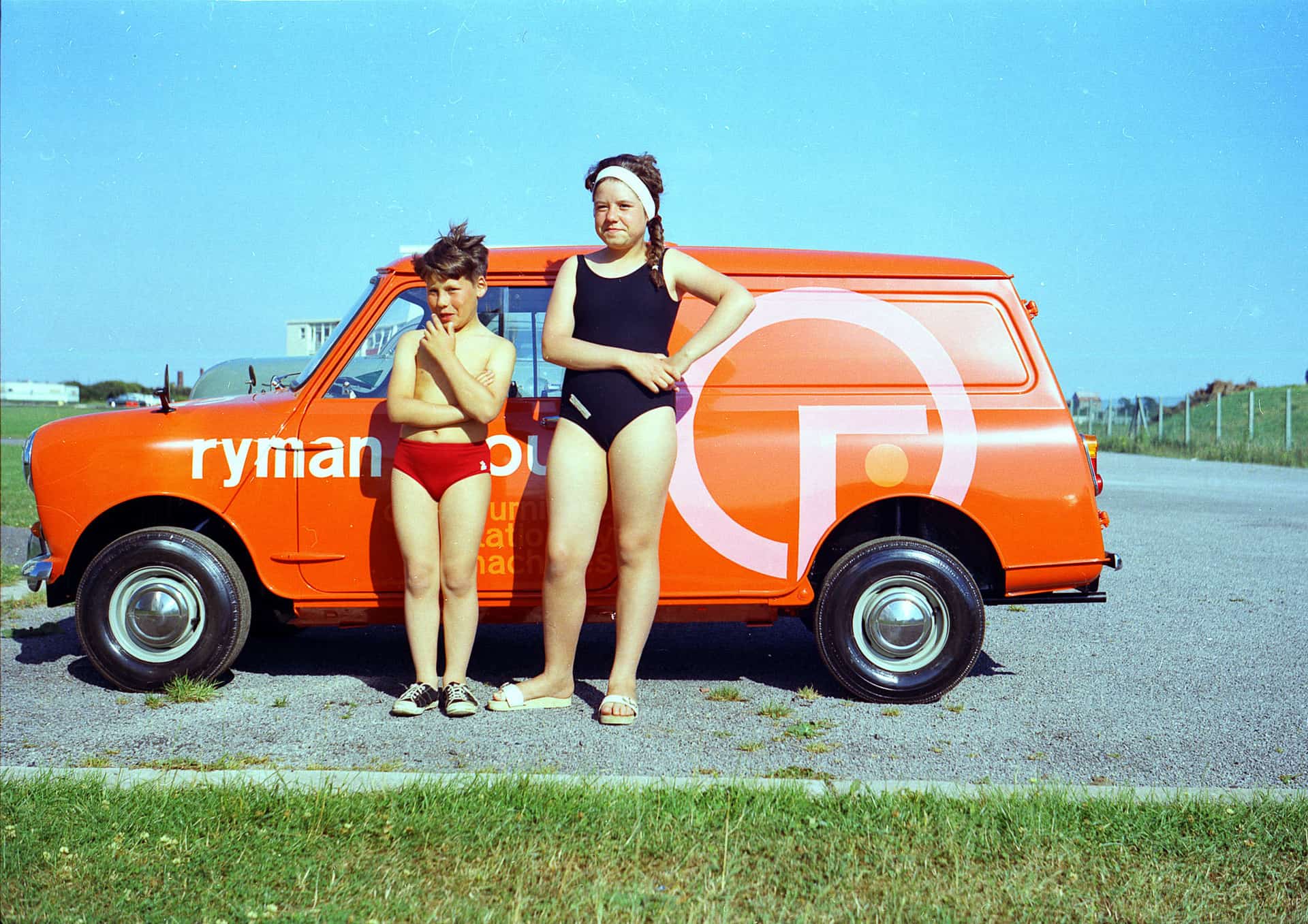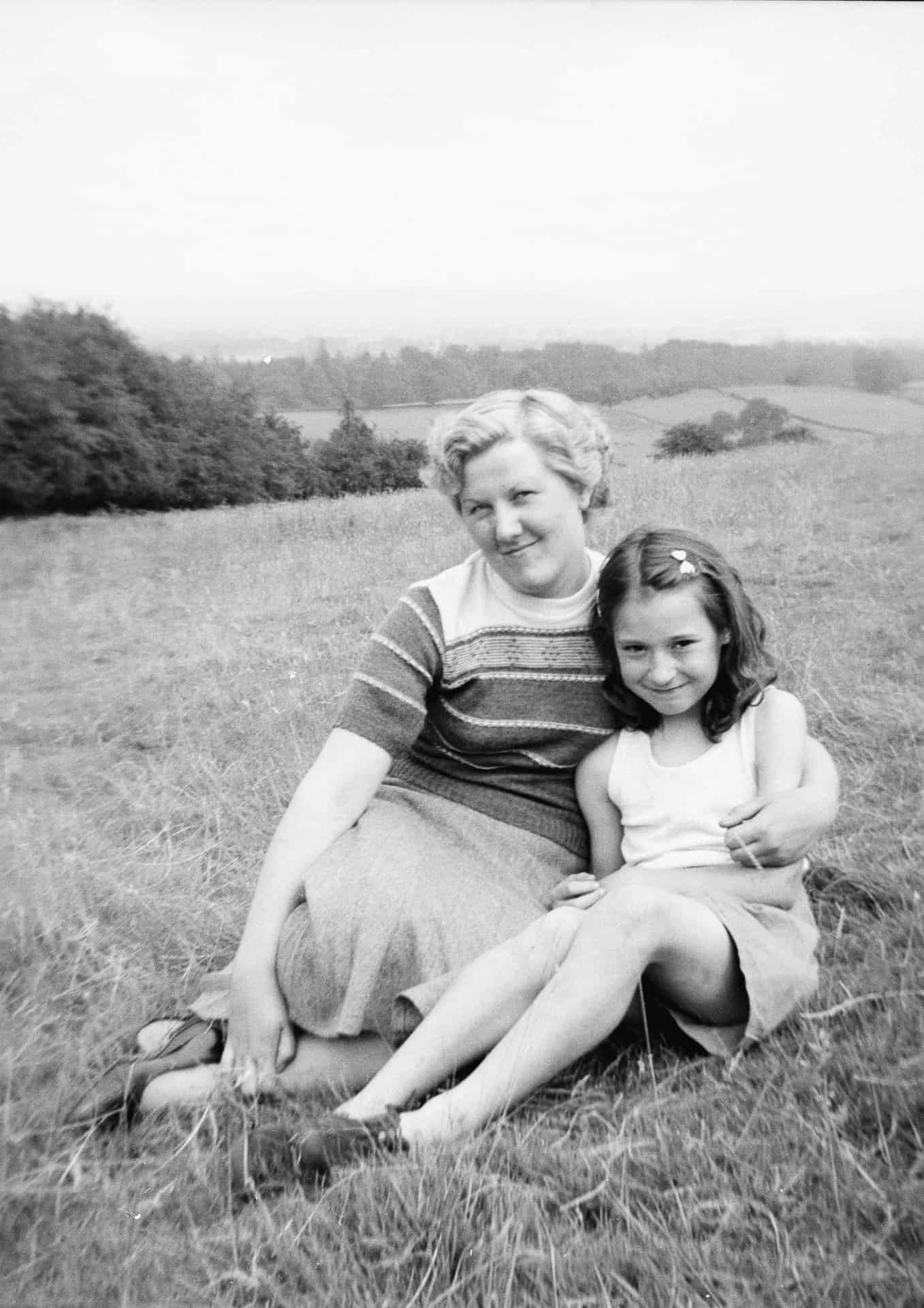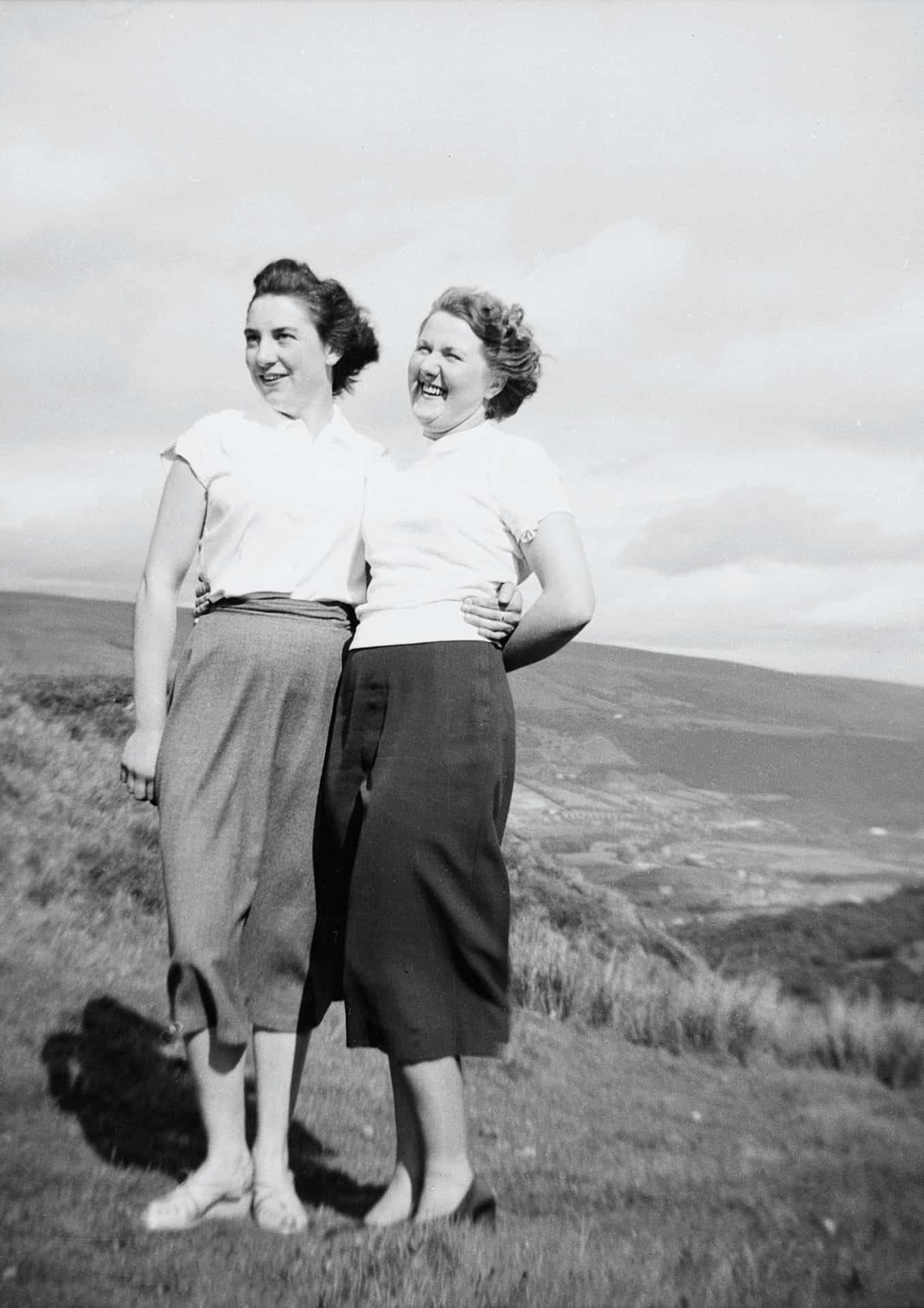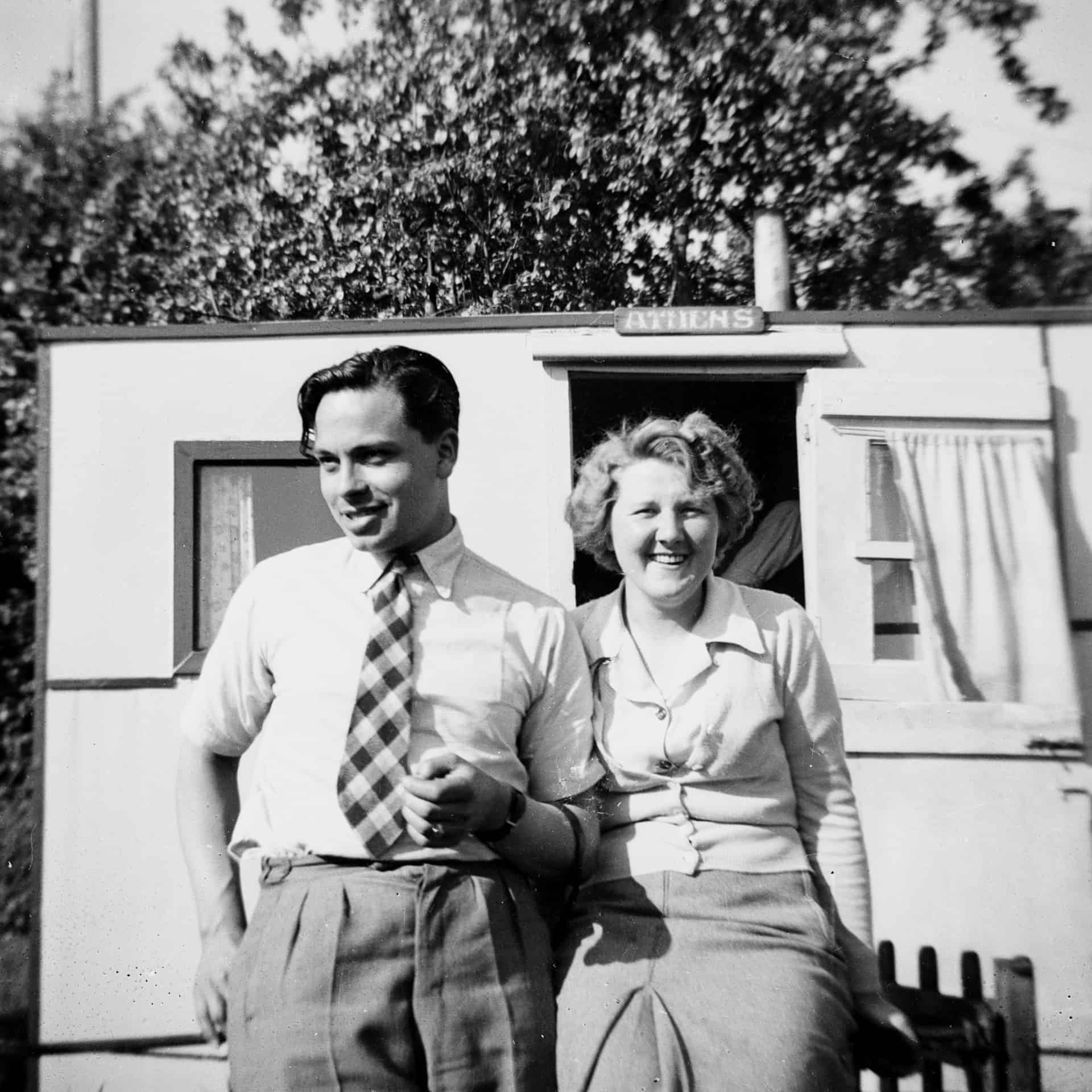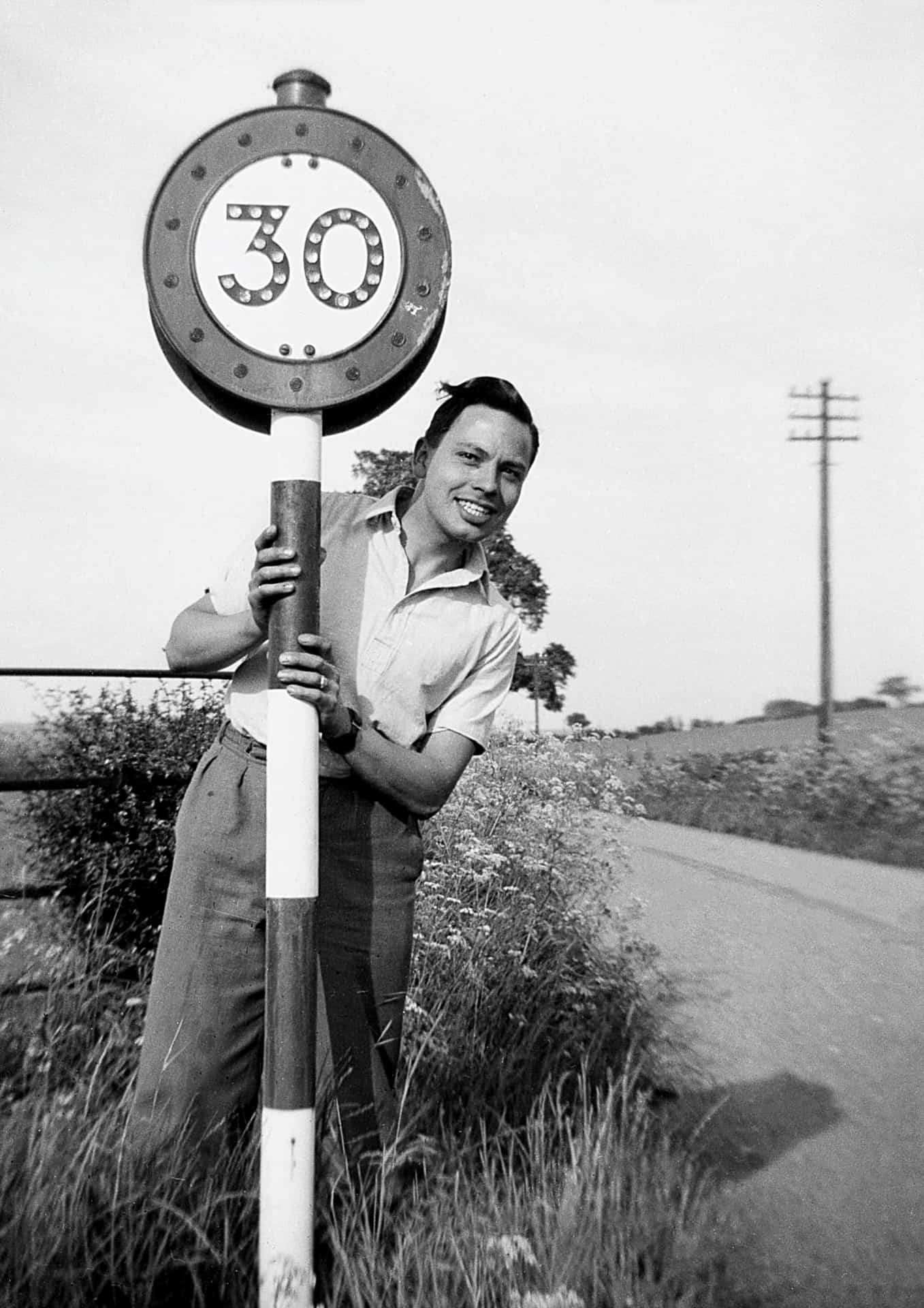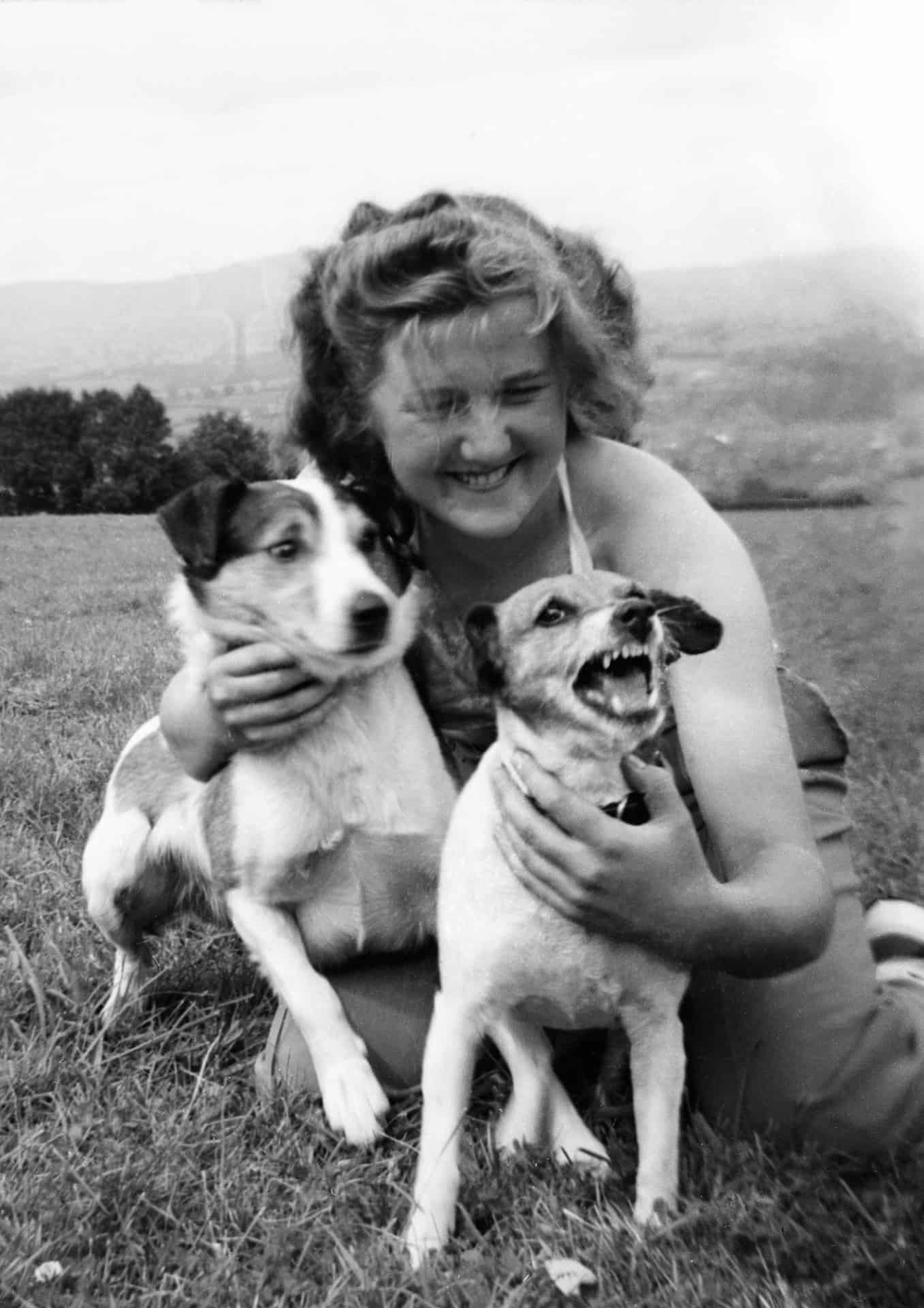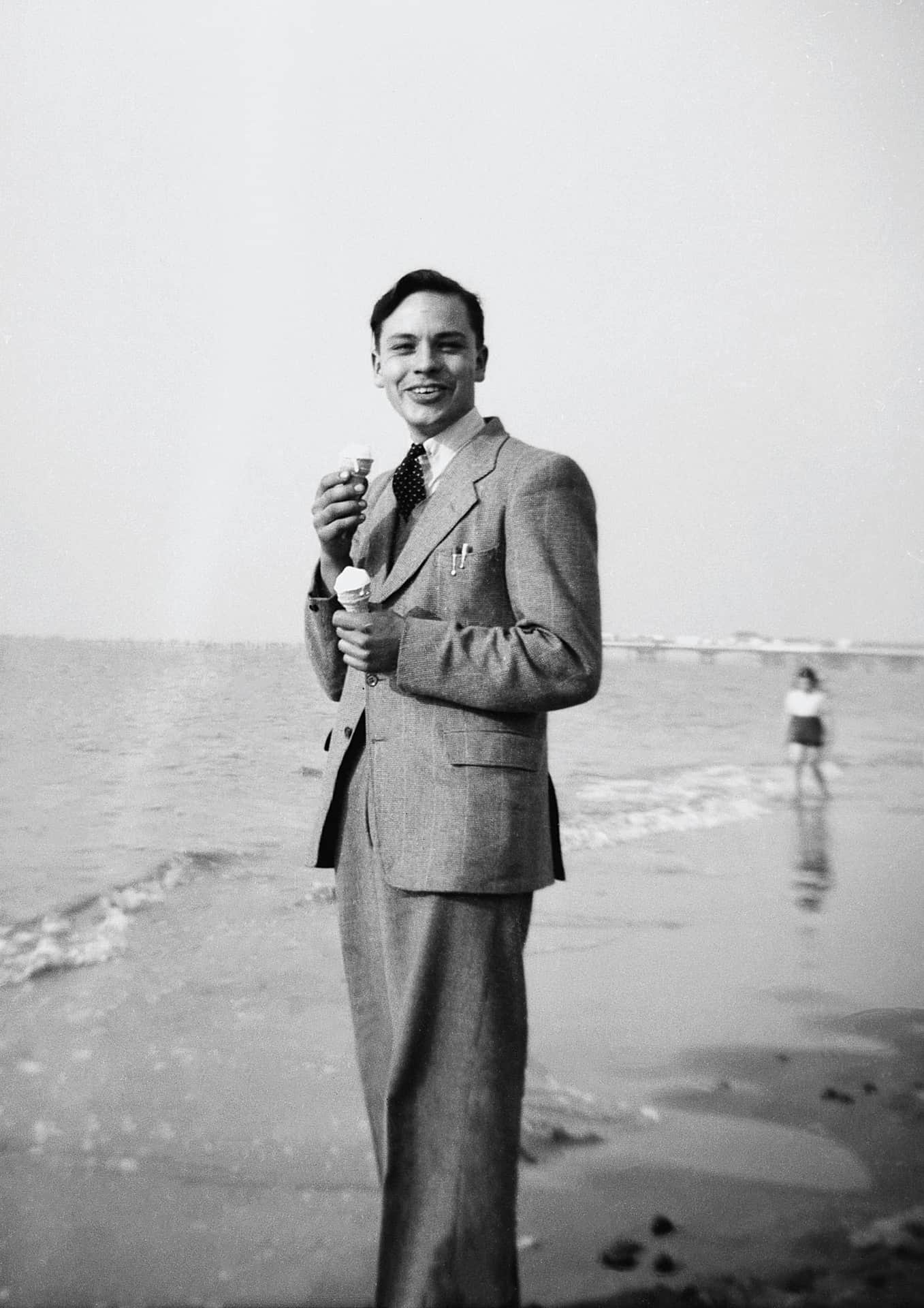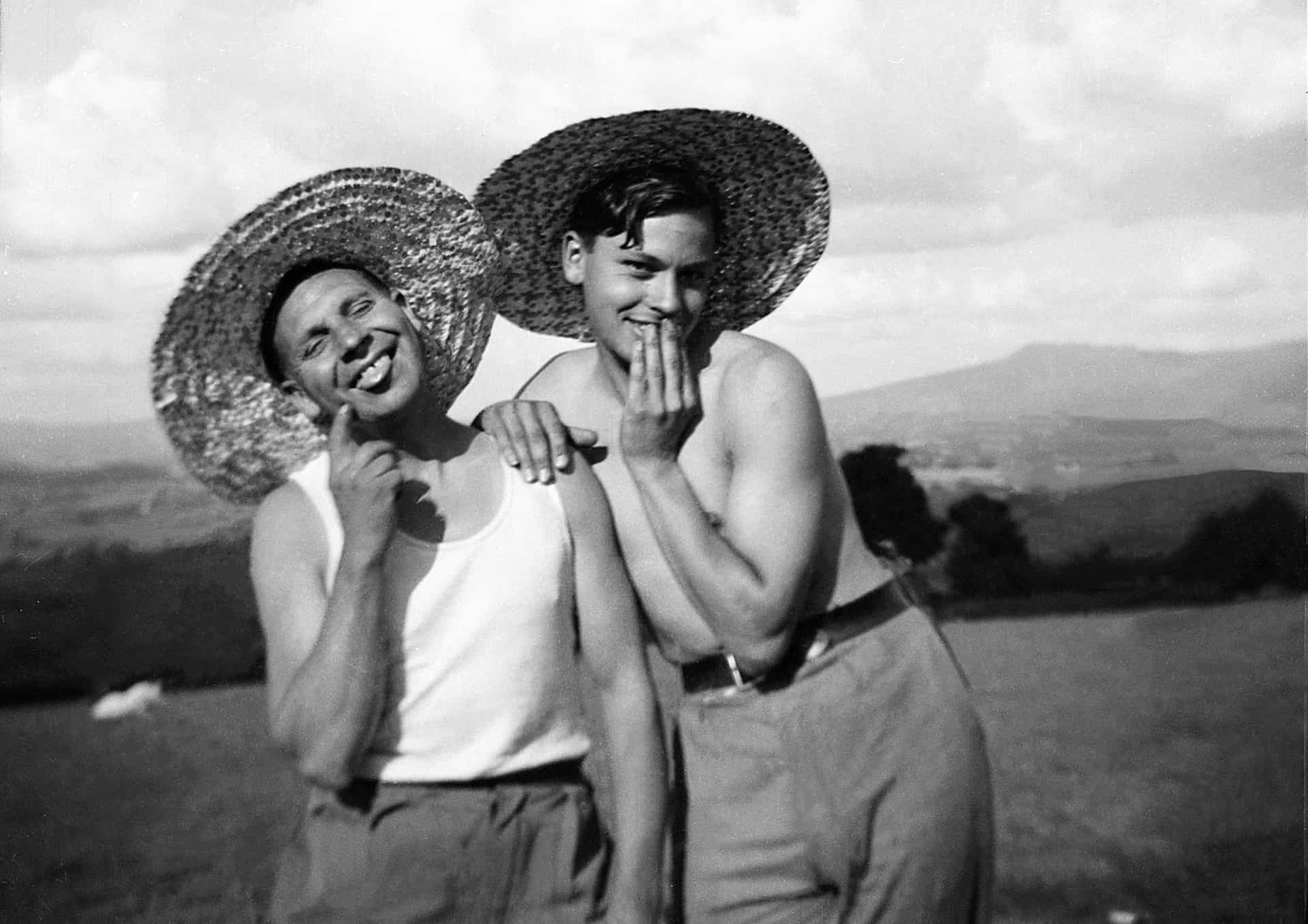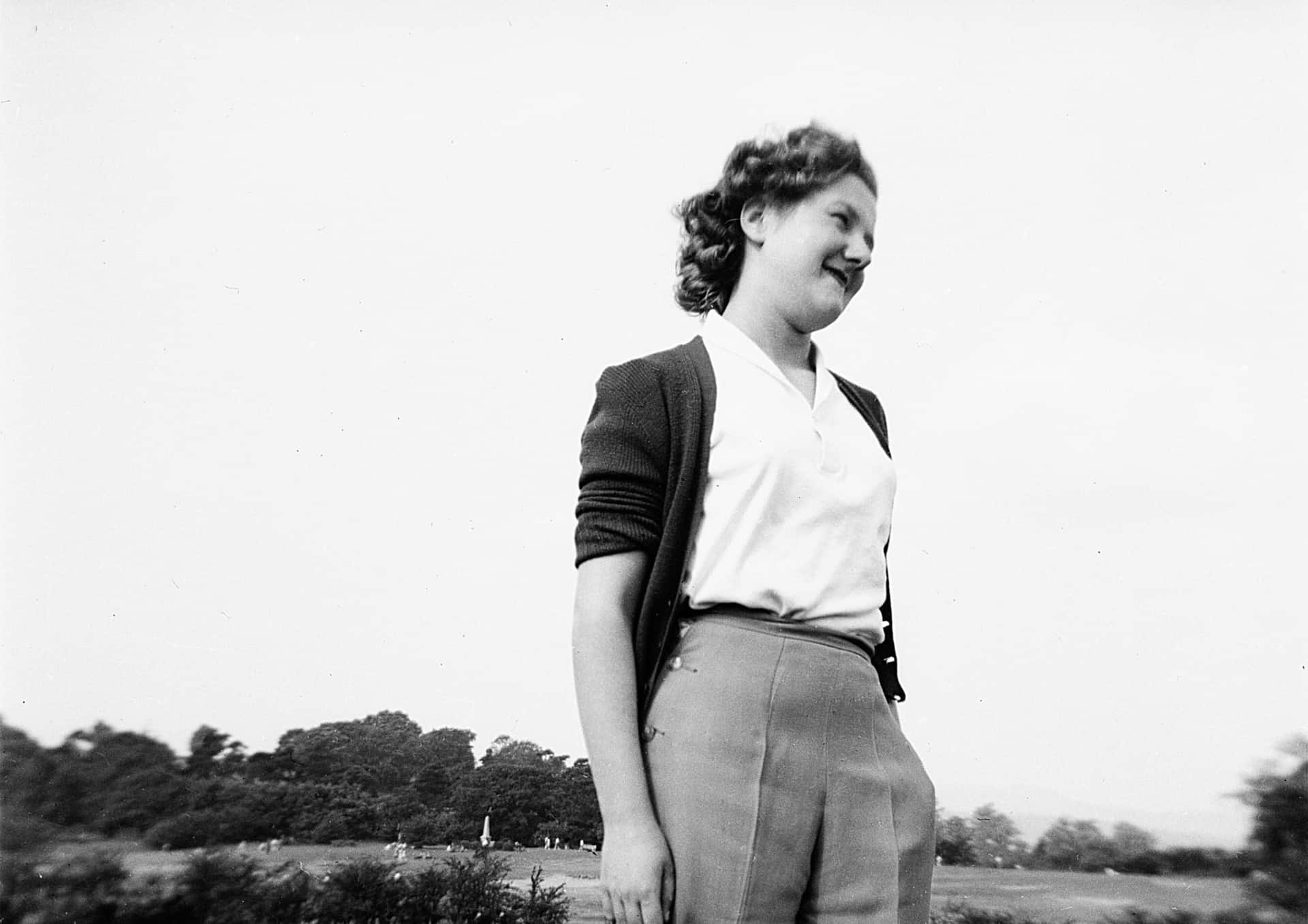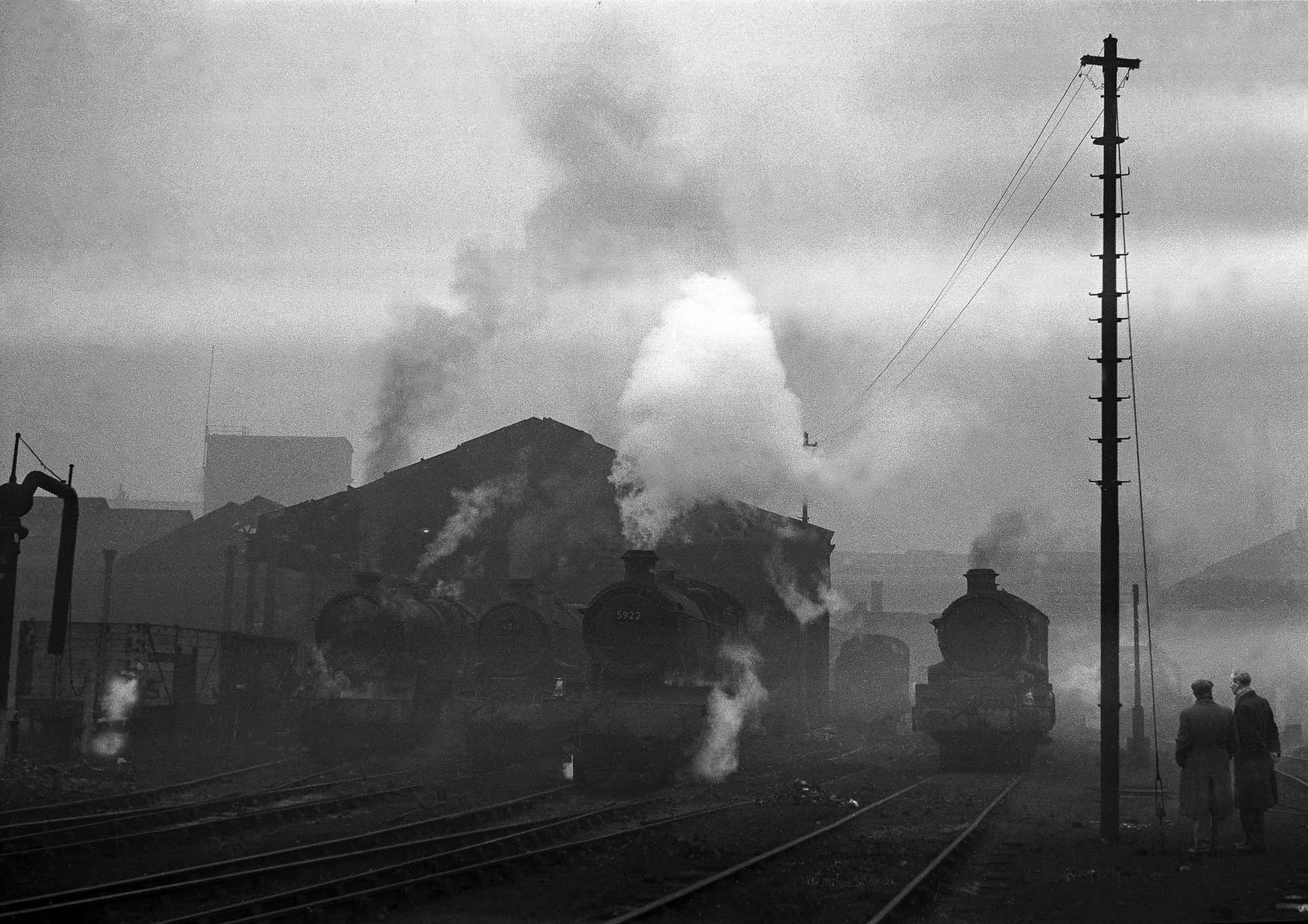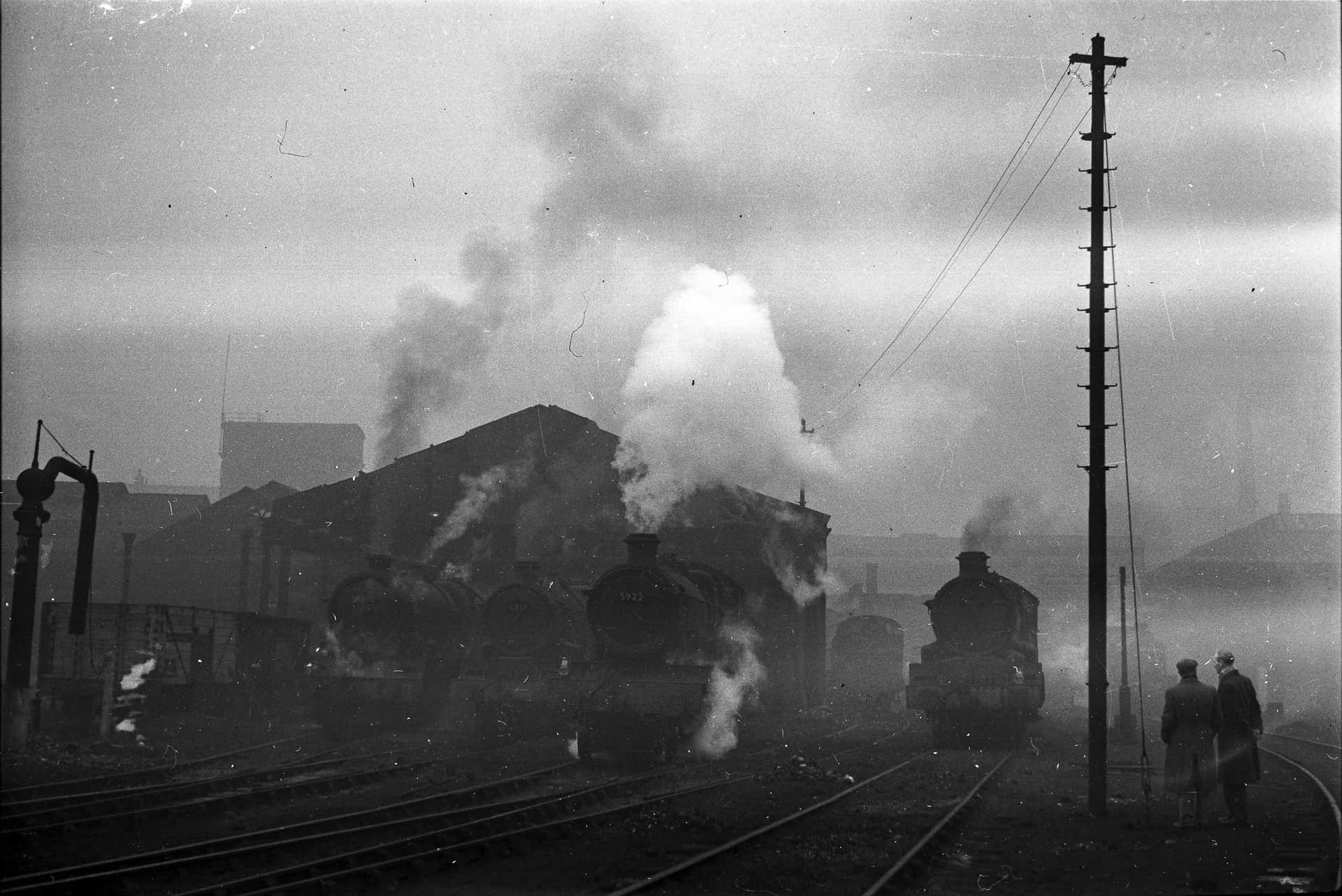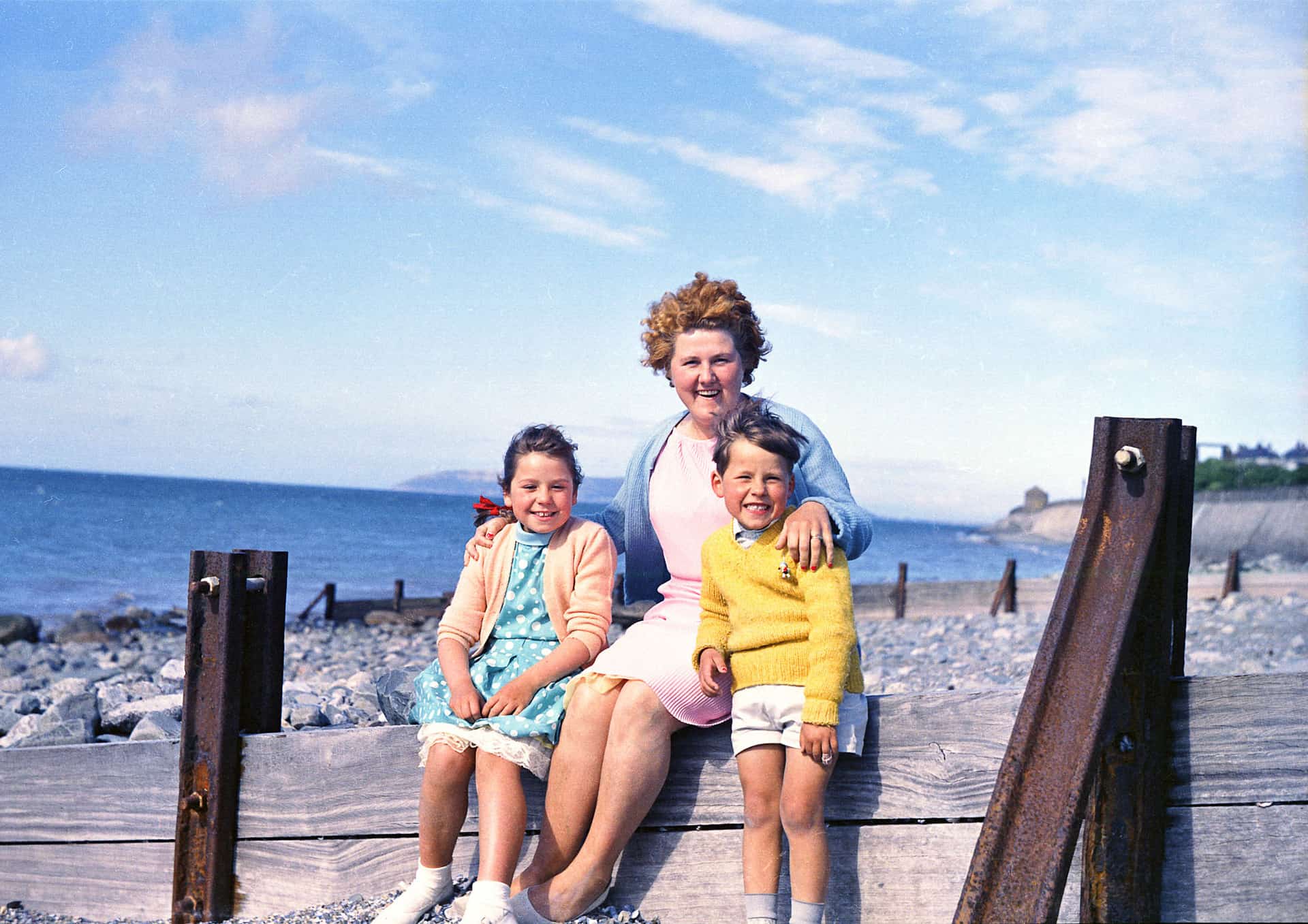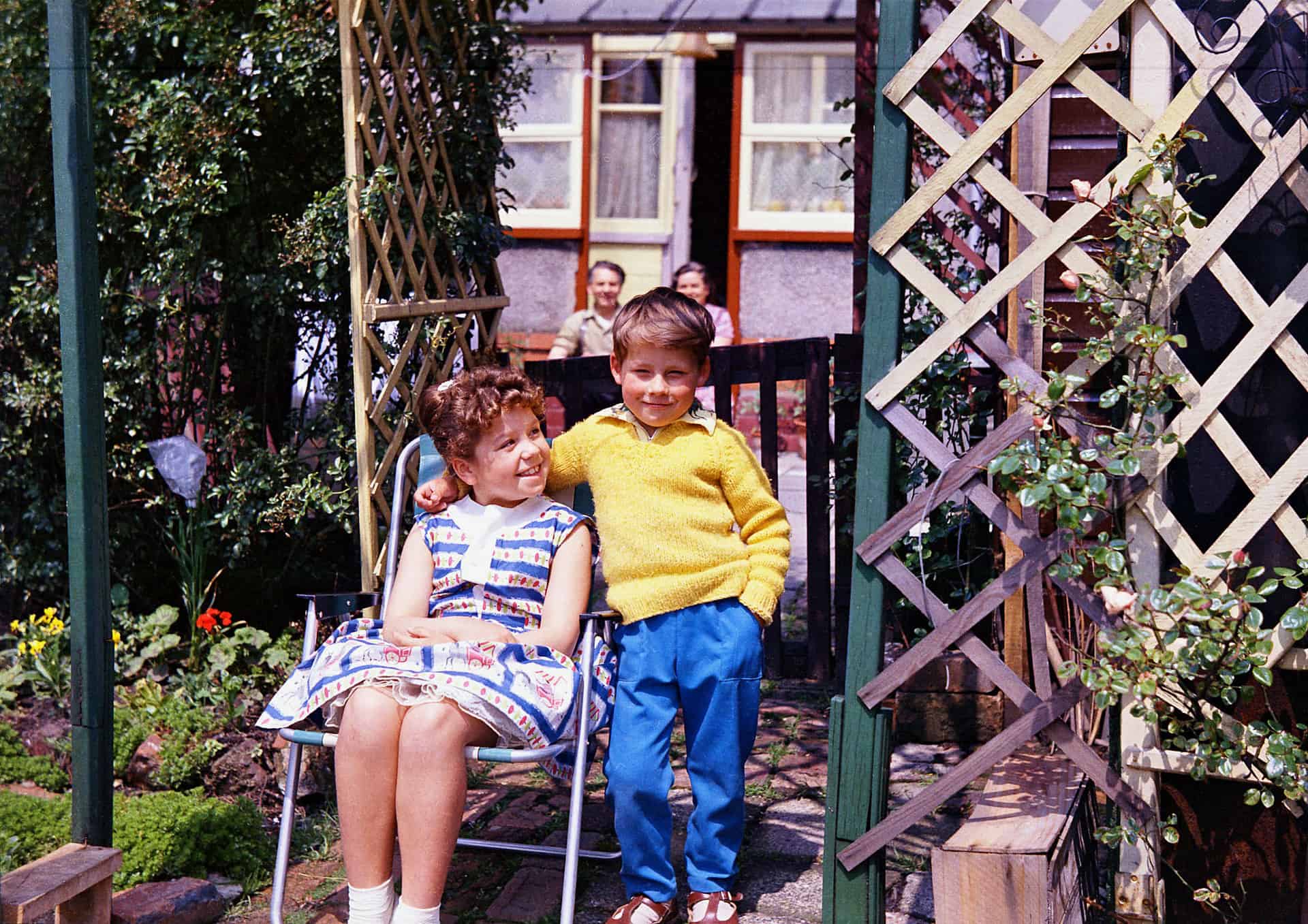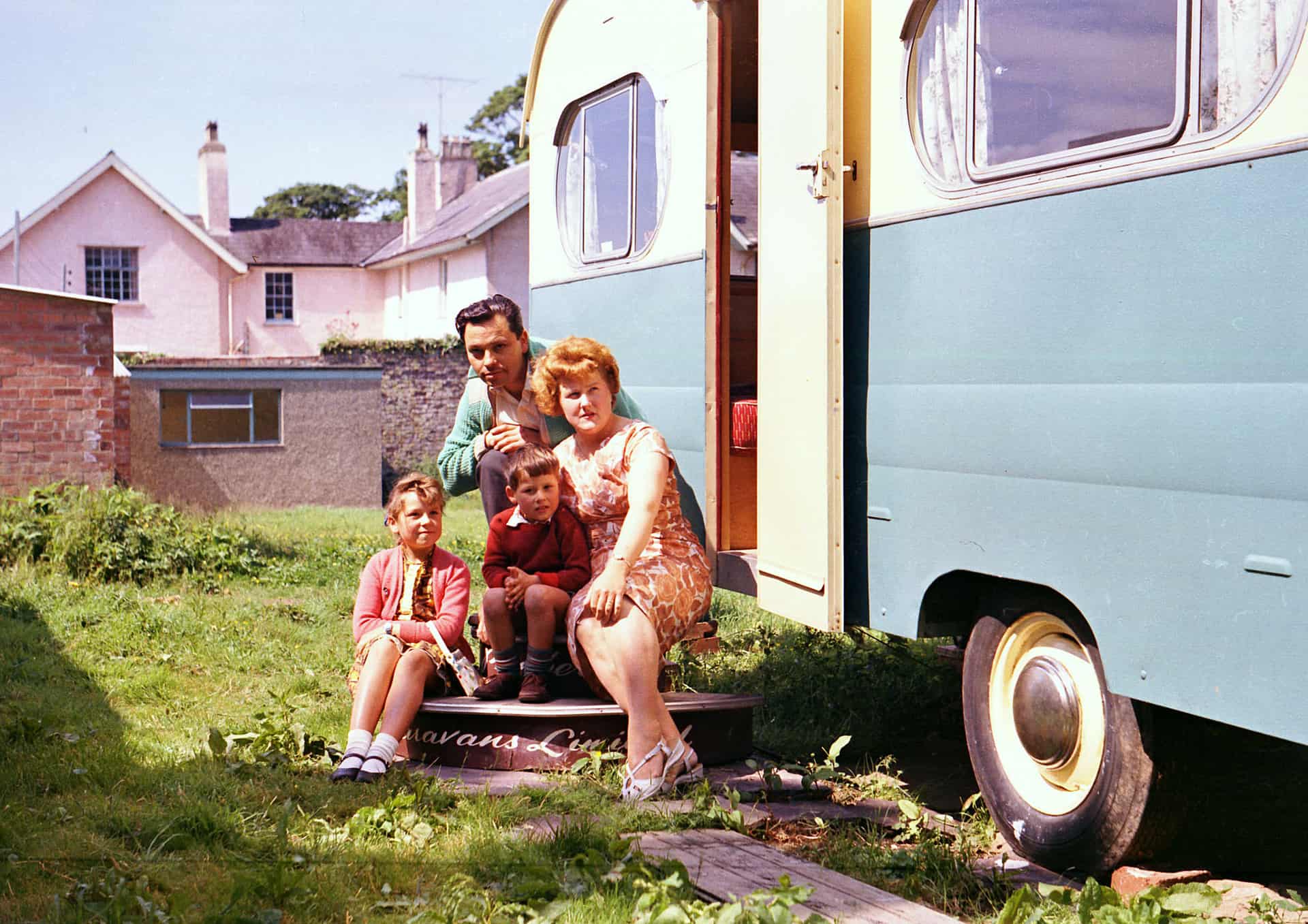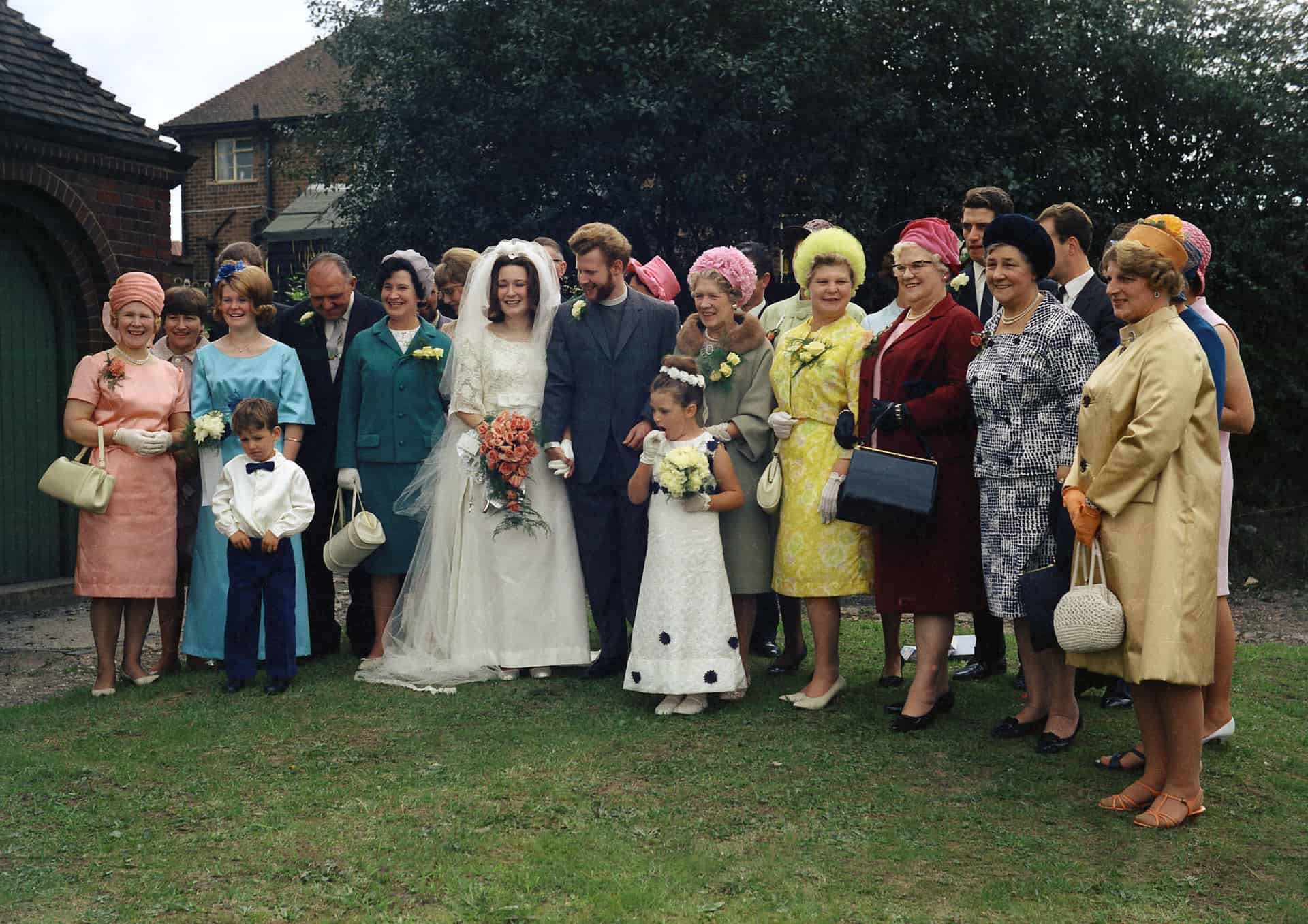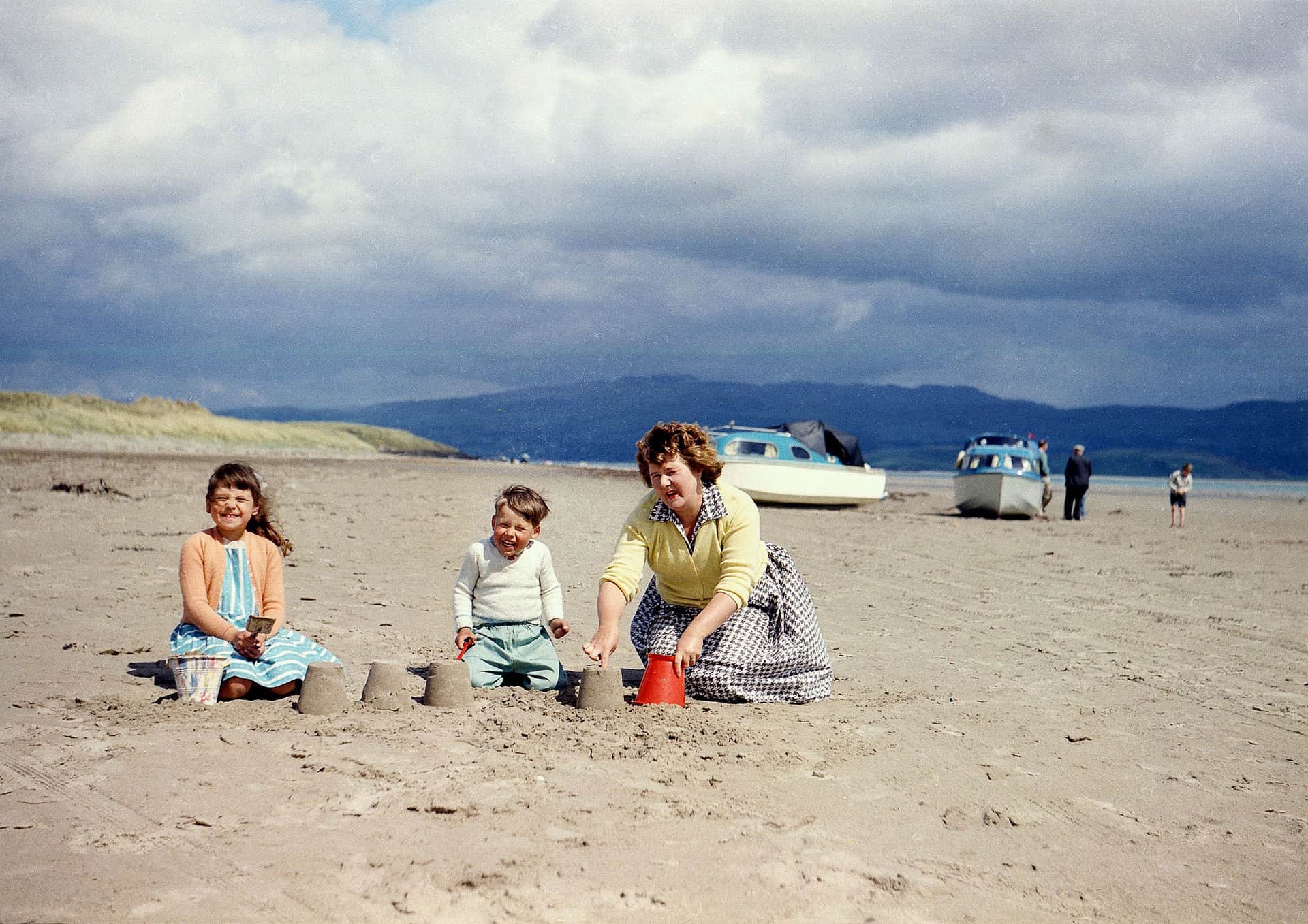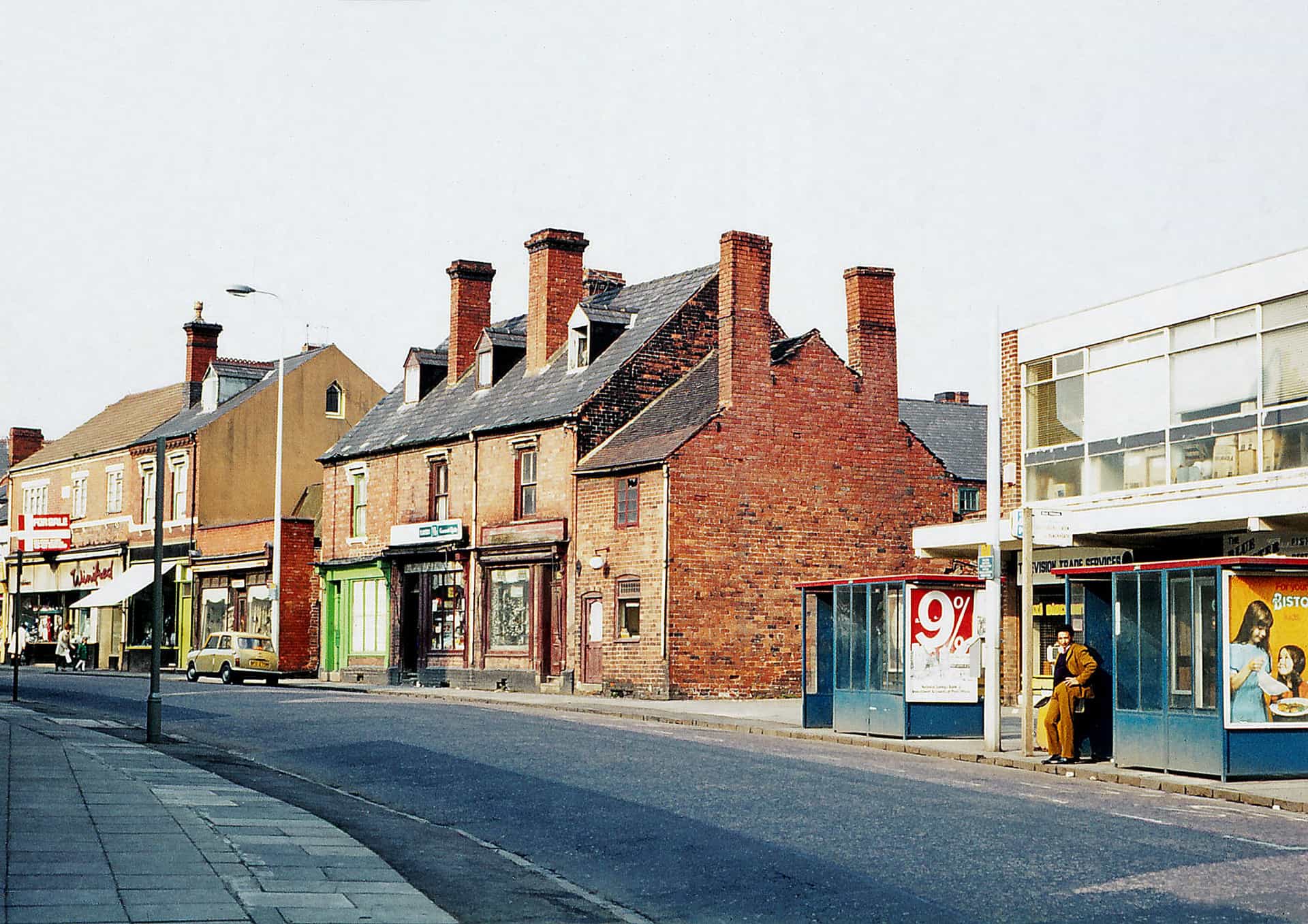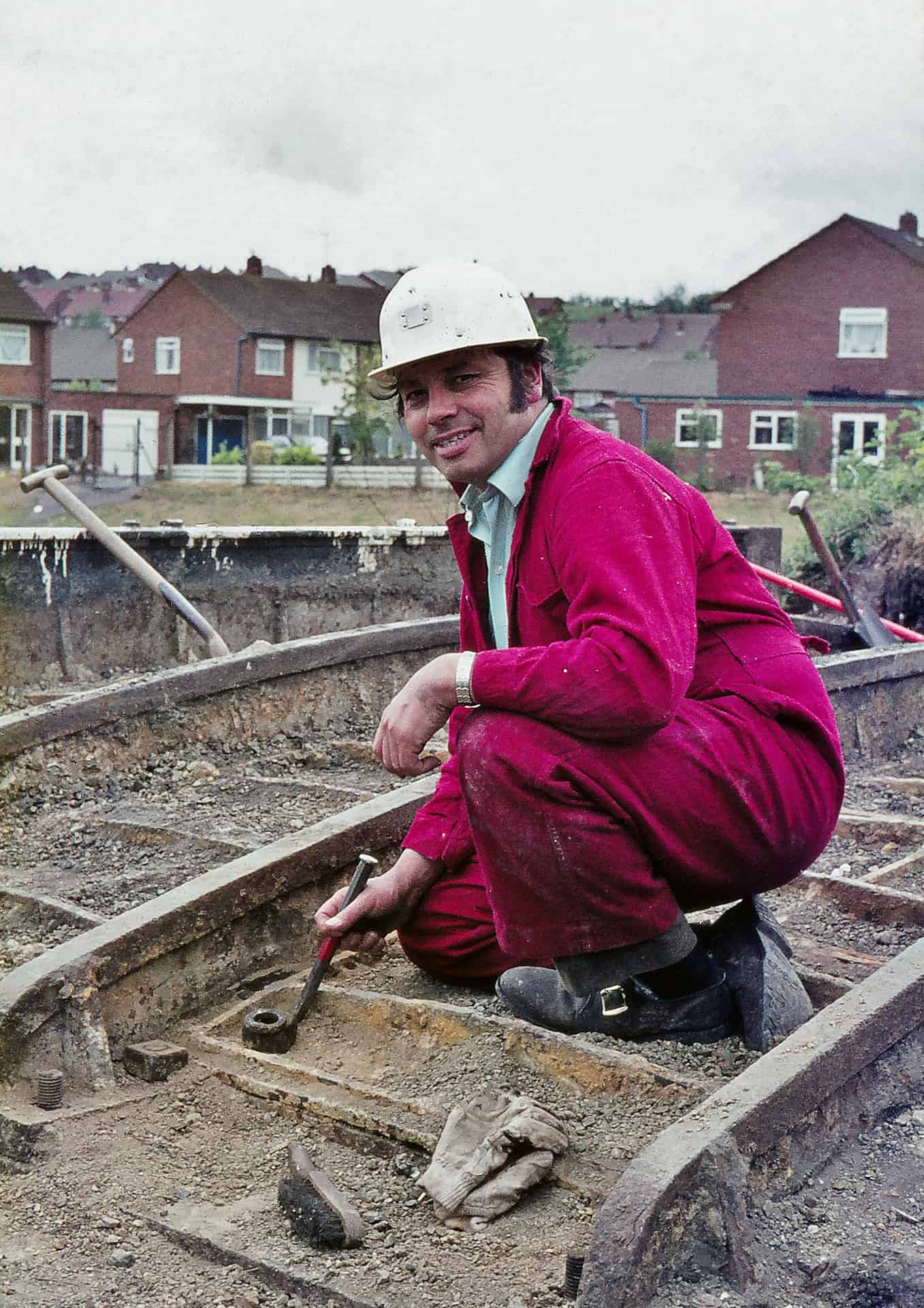Ron Moss
Explore the photographic collection from Ron Moss. Click the images to view a larger version popup.
Many people know of Ron Moss through his dedicated work to preserve and celebrate the heritage of the Black Country region. Born in Dudley in 1930, Ron spent his working life as a toolmaker. He became a member of the Black Country Society very soon after its inception in 1967, and working with them he produced over 40 articles and small publications about a range of fascinating
subjects. He led the Industrial Archeology Group for many years, and as part of this he brought the vision and energy to renovate the now famous Mushroom Green Chainshop, near Cradley Heath, in 1977. He has lectured widely about his wide- ranging interests in industrial archeology and preservation, and published several important books, including the well-known Cradley Heath, Old Hill and District in Old Photographs, (1995).
Ron has built a personal collection of over 8,000 photographs that capture the many chapters of his life. Ron is an outstanding enthusiast of photography, teaching himself all aspects of the art and craft, including home development, printing, and the use of different cameras and lm types.
His collection spans over five decades and begins with the documenting family life and youthful days spent courting with his now wife, Sylvia. He captures the growing up of their children Gary and Cheryl, time with friends, and increasingly his enduring passion for transport, architecture, and the changing industrial landscape of the Black Country.
Most of Ron’s work has now been digitised thanks to the efforts of Keith Hodgkins. All of his photographs and negatives are currently in the safe keeping of his daughter Cheryl.
For the collections section of the Living Memory website we have working with Ron and his daughter Cheryl to choose a selection of photographs that demonstrate his early work. In these photographs presented here he informally captures his family and friends and their day- to-day lives. We have also included a few later iconic images to pay homage to his love of the Black Country to which he has dedicated so much of his life.
Ron was not a trained photographer so he never developed the impartial eye of a professional. His use of photography thus reveals a deep affinity to and connection with the subjects he captures. Like all family-made photography, these images were not initially made for the public arena. He simply took advantage of the growing accessibility of photography to craft simple and intimate images of the people and things that he loved for the pure pleasure of doing it.
Looking at his collection now we can see that Ron was an outstanding image maker of his time, and key parts of his collection should be seen as being
of national importance. They beautifully document a brief era that, without becoming overly nostalgic or underplaying its challenges, was simpler and more carefree than the frenetic consumer driven society of today.
Many thanks also go to Ian Bayliss and Sandwell College for image repair and printing support.

